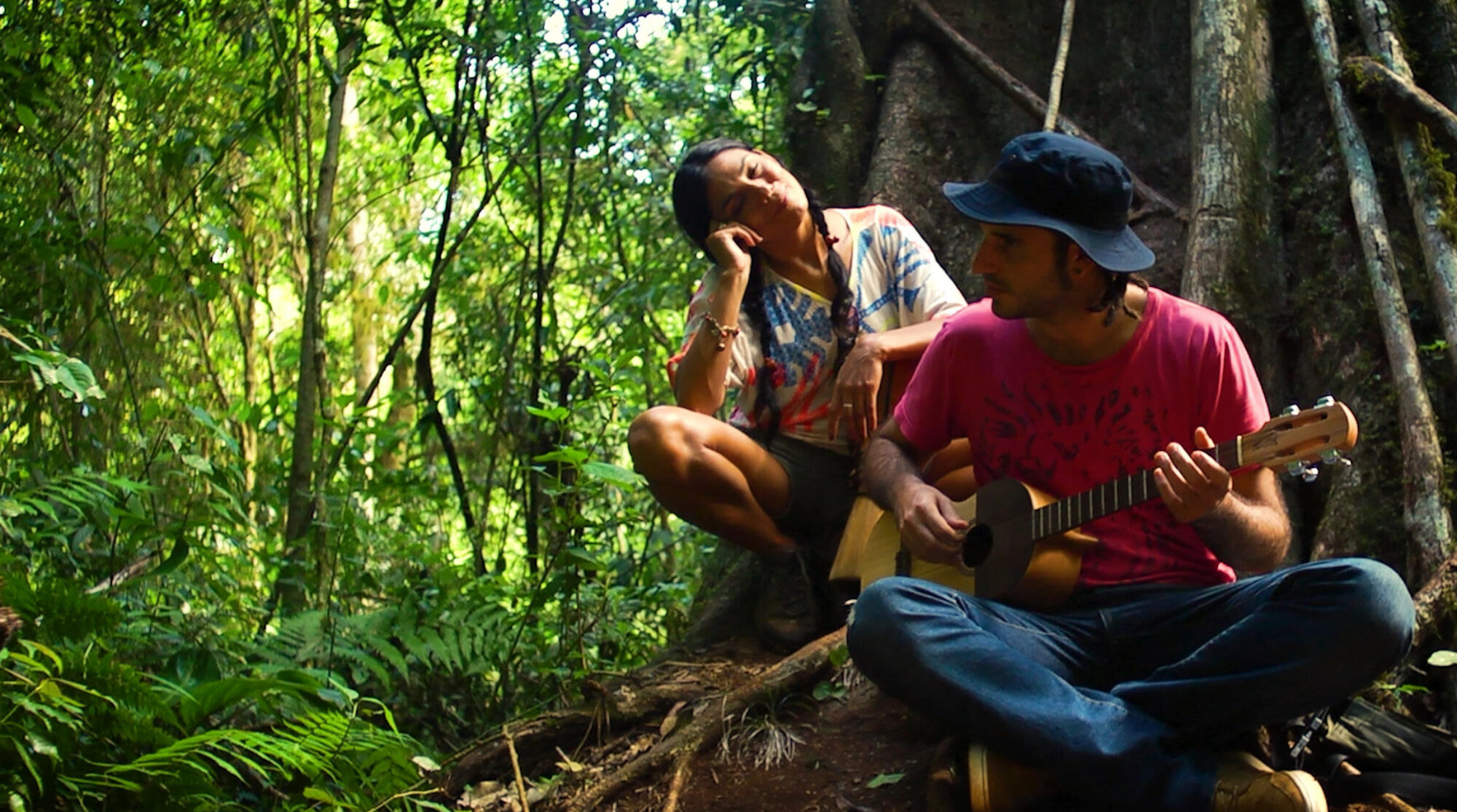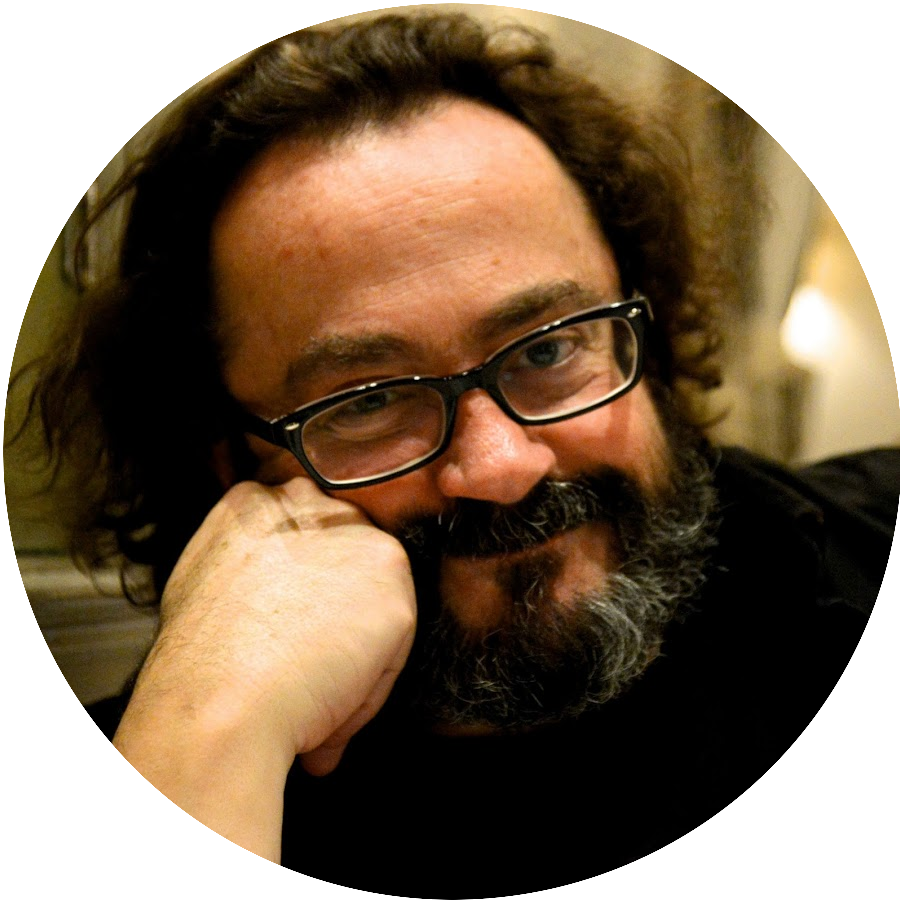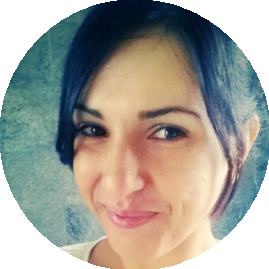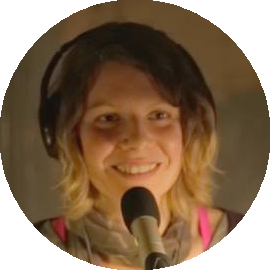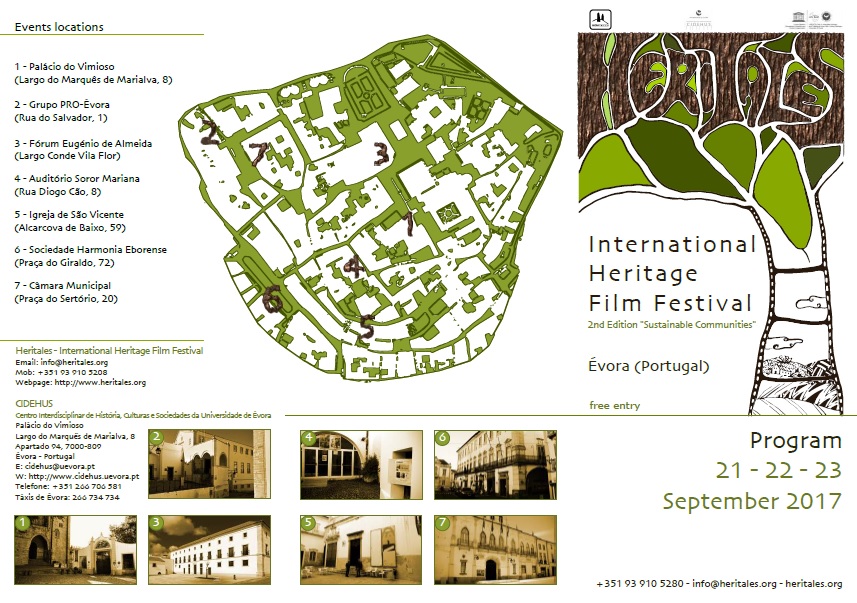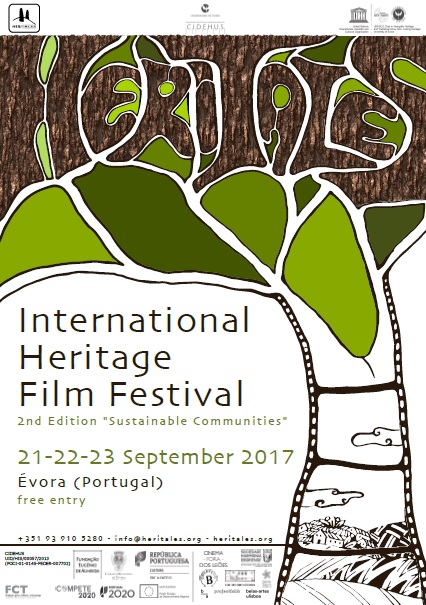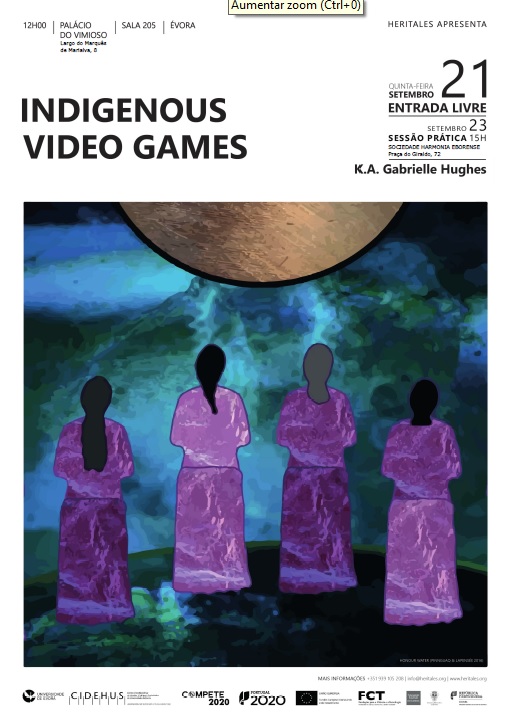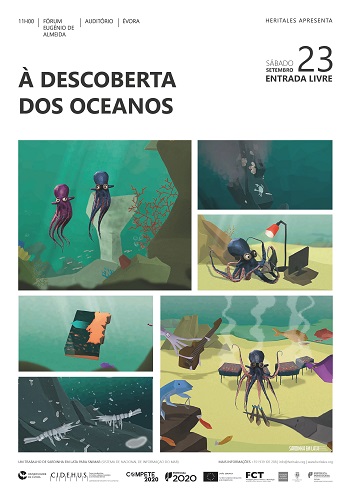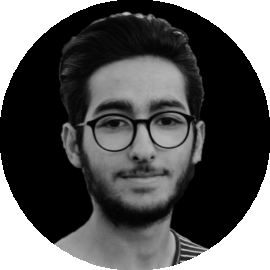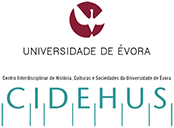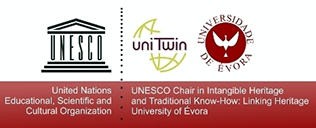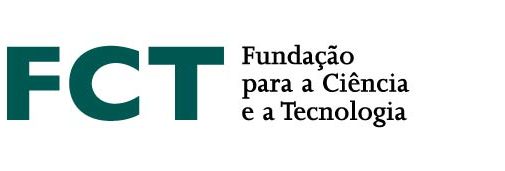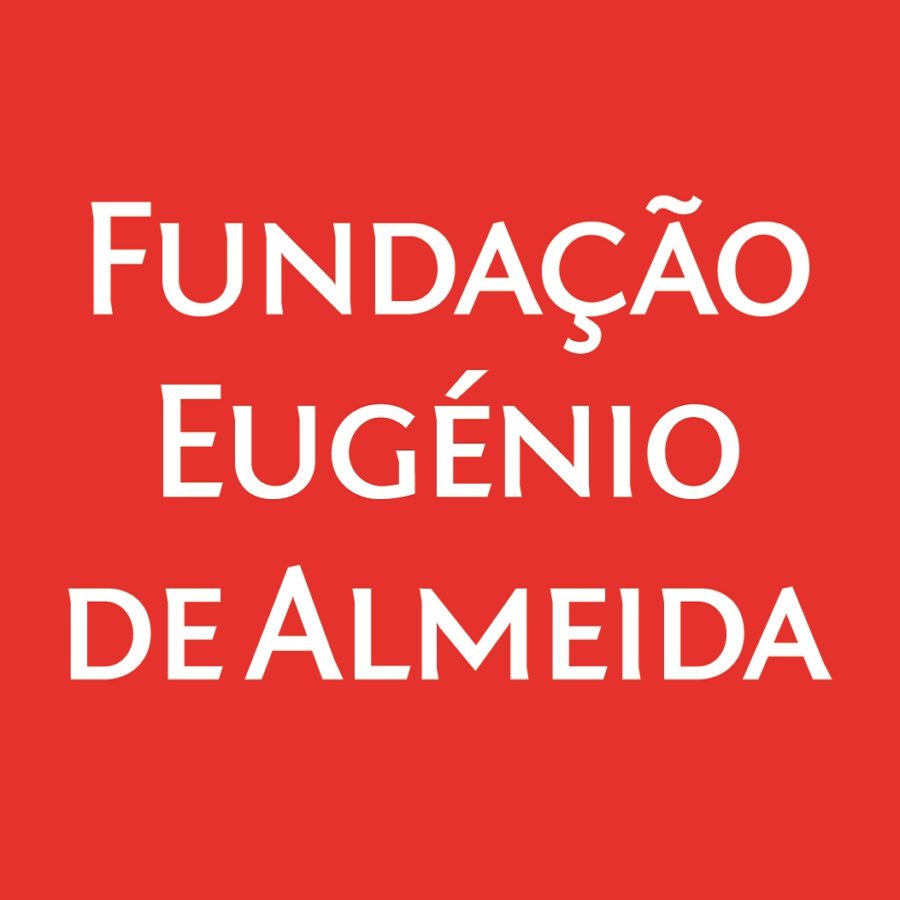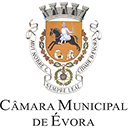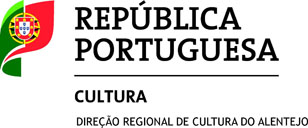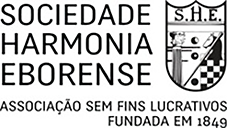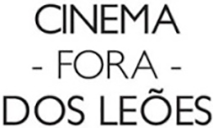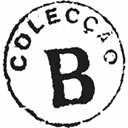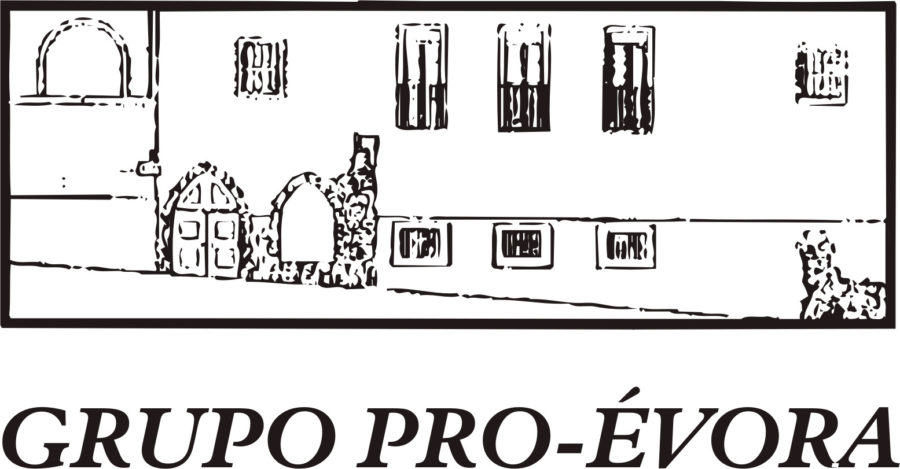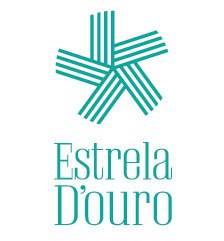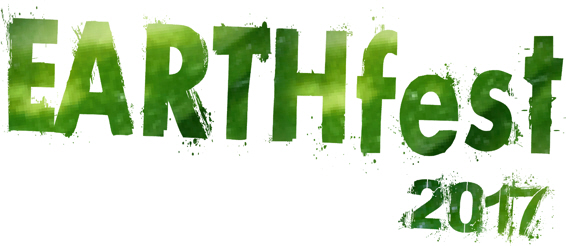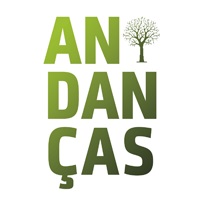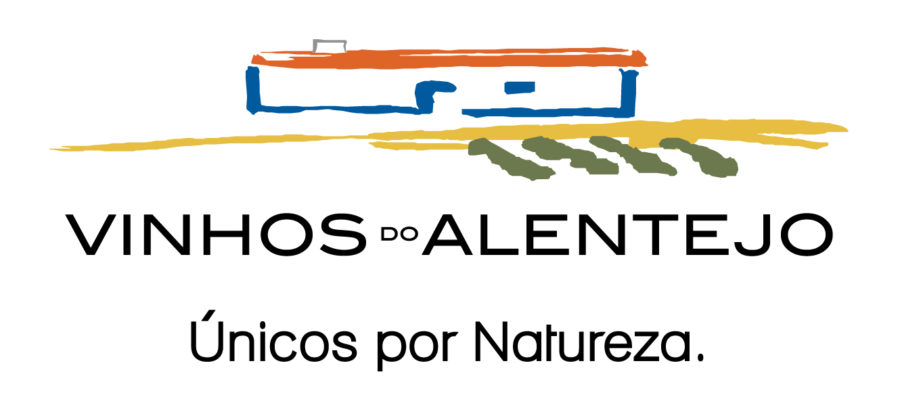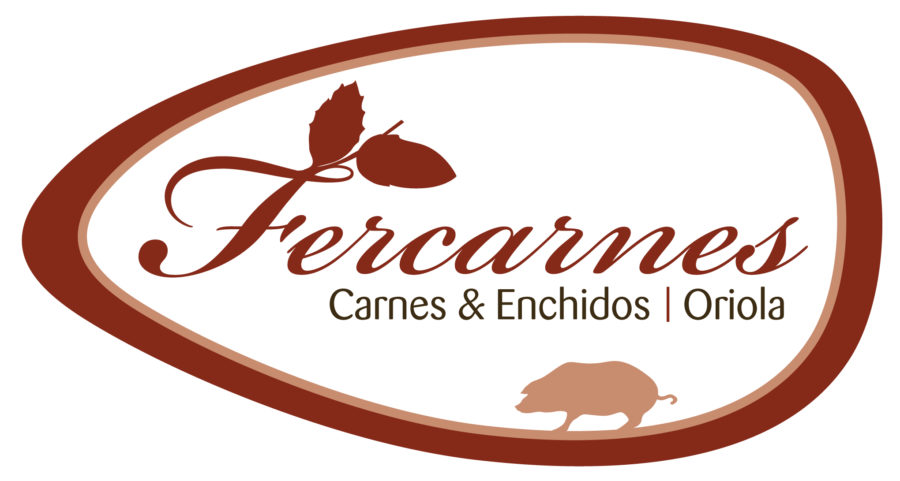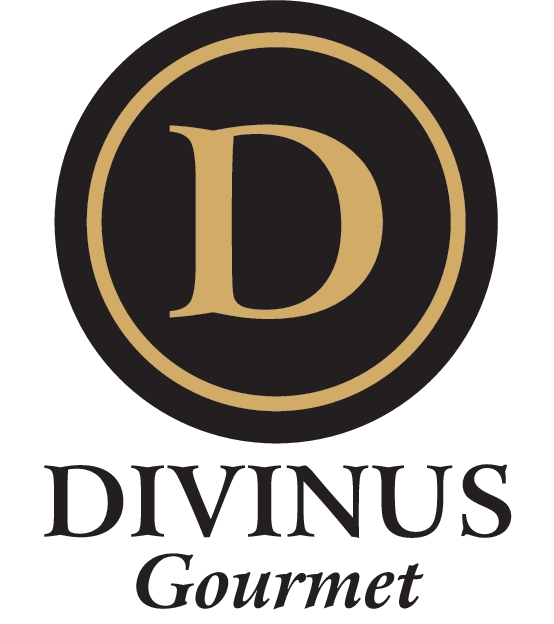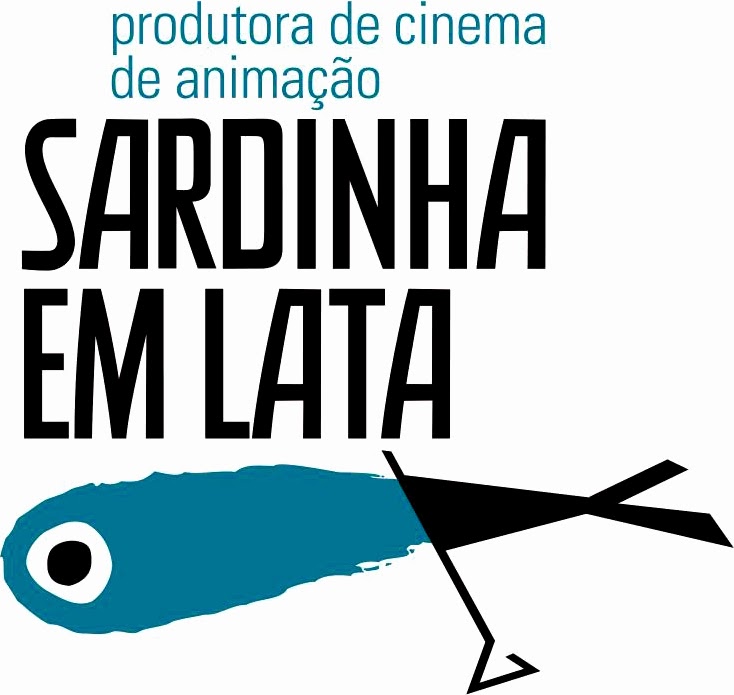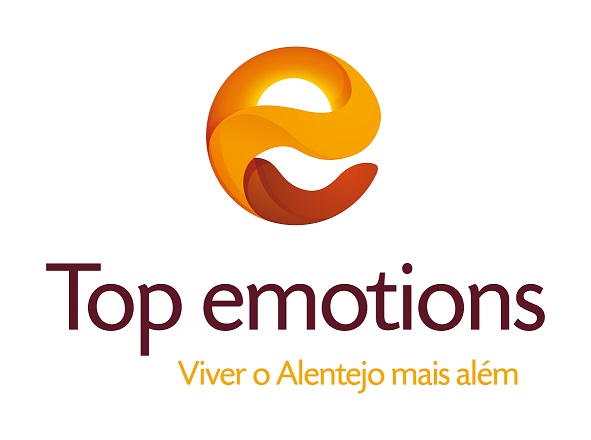HERITALES
“Sustainable communities”
2nd International Heritage Film Festival | May – Dicember 2017
Main Event 21 – 22 – 23 SEP 2017 | Évora (Portugal)
Official Festival Trailer – Amazonía y Utopía
CONCEPT 2017
Heritales – International Heritage Film Festival 2017 – “Sustainable communities”
Heritales – International Heritage Film Festival seeks to disseminate narratives of a filmic and graphic nature related to material and immaterial cultural heritage. In this way, it focuses its role on a major area of UNESCO, communication and information.
>In this edition 2017, Heritales focuses its topic on sustainable communities, which is one of the 17 objectives of UNESCO’s 2030 agenda. Thus, of the many ways to disseminate culture, Heritales relies on the seventh art to recover the patrimonial value of the community, specifically in the viability of sustainable communities, whether current or historical.
It turns the cinema into a voice that spread the message of sustainability existing in different cultures, showing potential paths of development in line with the conservation of an environment. It considers that the film medium is unique in preserving culture, since it is one of the most direct ways of reproducing popular memory (in its various forms of oral, visual, practical or written transmission), maintaining forever a community knowledge through the illusion of the moving images.
The sessions comprise both the projection spaces and the film with its subsequent debate. This is intended to establish a cultural dialogue between two levels of communities: the one that is projected on the screens, and the audience that receives these messages. That exchange between the authors of the films and their receiving audience, increase a cultural knowledge that could change own perception and personal vision that will stay in forever.
The ambience of the festival is enhanced by the spaces where it is celebrated. These are places that are not normally conceived to project films, but rather encounter areas that have traditionally served the community to socialize. From private historical spaces, such as churches or the association, to public spaces, such as the square or the courtyard of a convent. Places that for their architectural value today have become the material heritage of the city of Évora. Finally, it is proposed to project sessions in other places with a potential heritage value, such as small neighborhood of Évora and the interior of Portugal.
FILMS & AUTHORS
Amazonia Y Utopia
(out of the competition)
 The discovery of virgin lands and renaissance humanism leads Tomas Moro to locate his UTOPIA in America. The University of Salamanca opens the moral and legal debate on the indigenous people.
The discovery of virgin lands and renaissance humanism leads Tomas Moro to locate his UTOPIA in America. The University of Salamanca opens the moral and legal debate on the indigenous people.
The rights of the Indians are proclaimed and Francisco de Vitoria sets the foundations of international law.
In this climate, the Jesuits (1600-1750) founded missions with Guarani, Moxos and Maynas warlike tribes on an area as large as Spain and now encompassing Brazil, Paraguay, Argentina, Bolivia.
The Jesuits isolate the reductions to the influence of the white man besides unscrupulous merchants and even officials of the crown and install an egalitarian administration: The land is communal and the profit is distributed evenly. Utopia is spoken.
But relations with the Crown of Spain were not going to be easy or with their neighbours closer by the attacks of the Portuguese Bandeiras (Slave) that operated from Brazil.
For 150 years, Jesuit communities grow but their influence is not seen with good eyes by the absolutist kingdoms of Spain and Portugal.
The Jesuits are accused of echoing the ideas of enlightenment and of creating a state within the state, the so-called Jesuit Republic of Paraguay
The border dispute between Spain and Portugal derives in the Treaty of Madrid (1750) and the expulsion of the Jesuits, which is seen in the dilemma of obeying and abandoning the Indians or rebel. The guaraniticas war explodes.
Treatment: This is a historical documentary and at all times will be exposed by academic authorities specialists in the subject. Its purpose is to rescue from oblivion a unique experience to achieve a just society and to link this utopia from 1600-1750 with the defense of minority ethnicities, fair trade and respect for nature.
Other cultural elements: The music of the Hispanic baroque.
The Spanish musical baroque had an immediate acceptance by the Guarani and Moxos Indians. He jumped from the palaces to the jungle and flourished creating an aboriginal Amazon baroque. Such is the importance that even today scores recorded by descendants of the Jesuit missions that fled into the jungle. Scores copied over generations.
Elements and institutions that are part of the documentary
– University of Salamanca. Francisco de Vitoria, Bartolome de las Casas, “School of Salamanca”
– Jesus company
– University of Evora founded by the Jesuits
– Missions
– Corona of Spain. Carlos III
– Corona of Portugal. Marques de Pombal
– Virreinato of Peru
Film director, Producer, Screenwriter in documentary film and fiction. Cinema of animation and advertising film.
He has developed work in animated film making various animation segments for preschool children in the TVE program “The worlds of Yupi”. He has several animated short films with international awards.
Has directed six full-length feature films and three documentary feature films.
The films have won awards at national and international festivals and have been purchased by state-owned television networks such as TVE or regional channel 9, as well as international TV
He has co-produced with France and Italy (La Vida Privada), Colombia (Malamuerte)
He has shot in Rome, Montpelier, Kenya, Uganda, Equatorial Guinea, Argentina, Colombia, Guatemala and of course Spain.
As scriptwriter was selected in the call of the Sundance Institute of new Spanish screenwriters. Workshop given by SGAE / Sundance
He was a finalist scriptwriter in the screenplay award Julio Alejandro Prize (SGAE) with the script THE BLACK QUEEN
As a director he has worked in his films directing actors of the stature and renown of Andrea Ferreol (who worked with F. Truffaut, Ferreri) Carmen Elias (Goya Prize) Fernando Guillen, Ruth Gabriel (Goya Prize), Rosana Pastor, etc.
As documentary director THE SKIN SOLD has been included in the list of the 100 best documentaries. List elaborated by the critics summoned in the edition of Documenta Madrid.
http://www.tiemposdificilesfilms.com/
Category: Documentary – Duration: – Spoken Language: – Subtitle Available: – Production Date: – Producer/Production Entity:
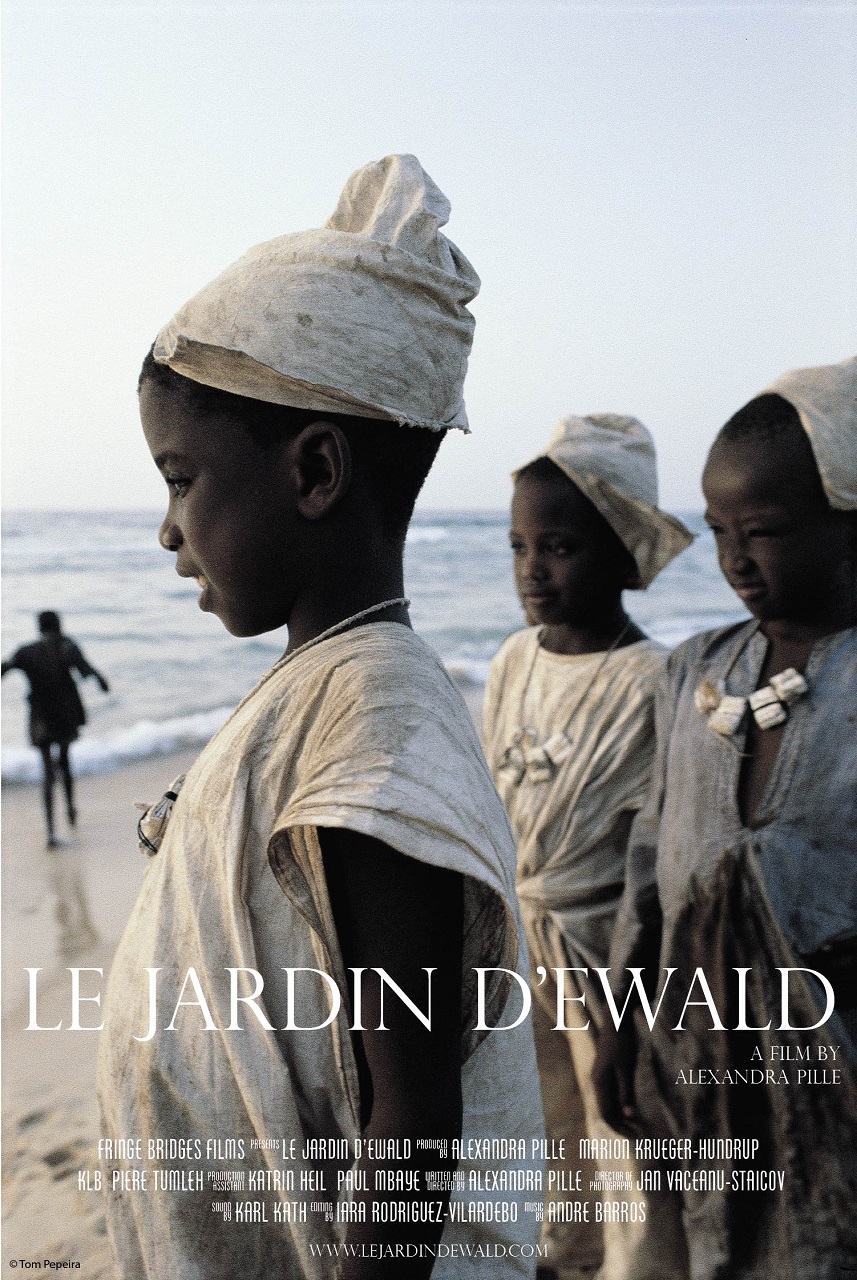 Le jardin d’Ewald
Le jardin d’Ewald
The attempt of Senegalese people, to outwit one of the greatest mass murderers of our time. Silently, insidiously and always with full force: the overpowering villain, which the Senegalese have to oppose year after year carries the name ‘drought’. Drought and the disappearance of water, plants and animals in the rural areas of Senegal can’t be prevented, calculated or stopped. Or could there be a way?
A farmer, an artist, a gardener and a young boy from Senegal have one thing in common: mastering everyday life with the lack of water in one of the driest regions on earth. The race for the best protection strategy in times of the climate change and disappearance has already begun. A balancing act between tradition and innovation, the country life and the promise of the city.

Alexandra Pille
Alexandra studied art and acting in Hamburg and worked as an actress at theaters such as Kammerspiele Hamburg, Volksbühne am Rosa-Luxemburg Platz Berlin or Schauspielhaus Bochum. Before she founded the film production company FRINGE BRIDGES FILMS, based in Berlin, she worked as a producer for Bollywood Dreams Pty. Ltd.Brisbane and for “Showbiz Melbourne” at the Queensland Performing Arts Center throughout 1,5 years in Australia. Back in Germany she worked as a Producer and Executive Assistant to the CEO for companies such as Kings&Kongs Filmproduktion, Tony Petersen Film and RRP Media in Berlin, with clients such as Netflix, Technicolor, Tele München Group, Auctionata and 4K Media New York. Her feature-length documentary “Le Jardin d´Ewald” has been shown at numerous festivals, at conferences and universities worldwide (Nominated for the Water for Life Award CMS Vatavaran 2015 New Delhi/ India, Honorable Mentions at the Rural Routes Film Festival NY 2015, Winner Best Documentary Los Angeles Urban Film Festival 2015, Official Selection Mumbai International Film Festival 2016, Oxford University 2016, Goethe-Institute Dakar 2016, NEJ Conference Washington, DC 2017). It was shot entirely in Sénégal / Africa and produced by her company Fringe Bridges Films in Berlin.
Category: Documentary – Duration: – Spoken Language: German – Subtitle Available: – Production Date: – Producer/Production Entity:
Meu Pescador Meu Velho
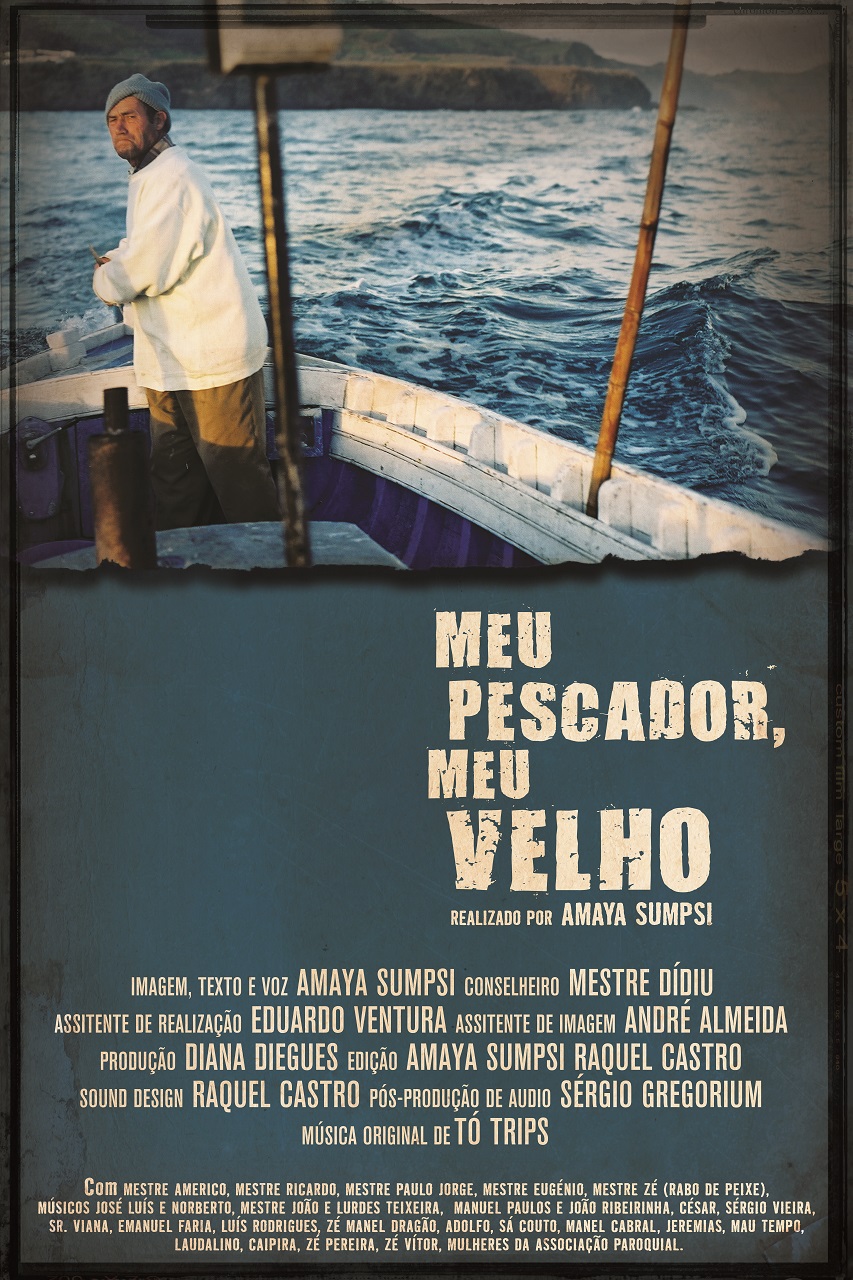 At 2005 Carnival’s night, something mysterious happens at the bay of Porto Formoso, in Azores Islands, leaving the fishing boats wrecked. Next morning, the population believes that what happened was a consequence of the deadly Indonesian Tsunami that took place two months before, thousands of miles away. With institutional support, fishermen build themselves two bigger ships, but at the village’s small and natural harbor, it is almost impossible to deck them. Fishermen then demand the construction of a new and bigger concrete harbor, but many inhabitants are opposed due to the natural value of the landscape and to a castle’s ruins that lay there. If to some residents the natural landscape and the ruins look worthless, for many more they are the village’ soul and future, as a lot of tourists would like to come to visit them… Can tourism be compatible with other economic activities, or annuls them by turning places into show stages? Which is the community’s weight in the decision processes? As time goes on, the landscape of this community transforms, and so does the life and thoughts of its habitants. Following the director´s voice, we follow the story of the last 7 years of this community.
At 2005 Carnival’s night, something mysterious happens at the bay of Porto Formoso, in Azores Islands, leaving the fishing boats wrecked. Next morning, the population believes that what happened was a consequence of the deadly Indonesian Tsunami that took place two months before, thousands of miles away. With institutional support, fishermen build themselves two bigger ships, but at the village’s small and natural harbor, it is almost impossible to deck them. Fishermen then demand the construction of a new and bigger concrete harbor, but many inhabitants are opposed due to the natural value of the landscape and to a castle’s ruins that lay there. If to some residents the natural landscape and the ruins look worthless, for many more they are the village’ soul and future, as a lot of tourists would like to come to visit them… Can tourism be compatible with other economic activities, or annuls them by turning places into show stages? Which is the community’s weight in the decision processes? As time goes on, the landscape of this community transforms, and so does the life and thoughts of its habitants. Following the director´s voice, we follow the story of the last 7 years of this community.
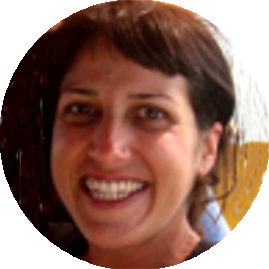 Amaya Sumpsi
Amaya Sumpsi
Amaya began his studies in cinema at the University of São Francisco, U.S.F. (California) and continued in Madrid, where he graduated in Film and Television Realization by the School of Arts and Shows. During her degree he made several short films in 16 mm and 35 mm, always in the area of fiction. In Spain she worked on several feature films as an assistant to the filmmaker, and after moving to Portugal, she began his documentary work with filmmakers such as Christine Reeh, Tiago Pereira and Raquel Castro. In 2012 she finishes her Masters in Anthropology and Visual Cultures at the Universidade Nova de Lisboa. Her film “My fisherman, my old man” is the first documentary that officially presents. After filming in Edinburgh in June 2013 at the International Festival of Ethnographic Film, she has been selected for more than 20 national and international festivals and has been awarded the Camacho Costa Award for Best Environmental Documentary of Lusophone at Cine Eco 2013. It is currently Researcher at the Center for Visual Anthropology and Arts (NAVA) and programmer at the Festival of Anthropology, Cinema and Art in Lisbon (FACA). He is currently developing his second documentary as part of his PhD project in anthropology, funded by FCT.
Category: Documentary – Duration: – Spoken Language: – Subtitle Available: – Production Date: – Producer/Production Entity:
A Propósito de Leixões
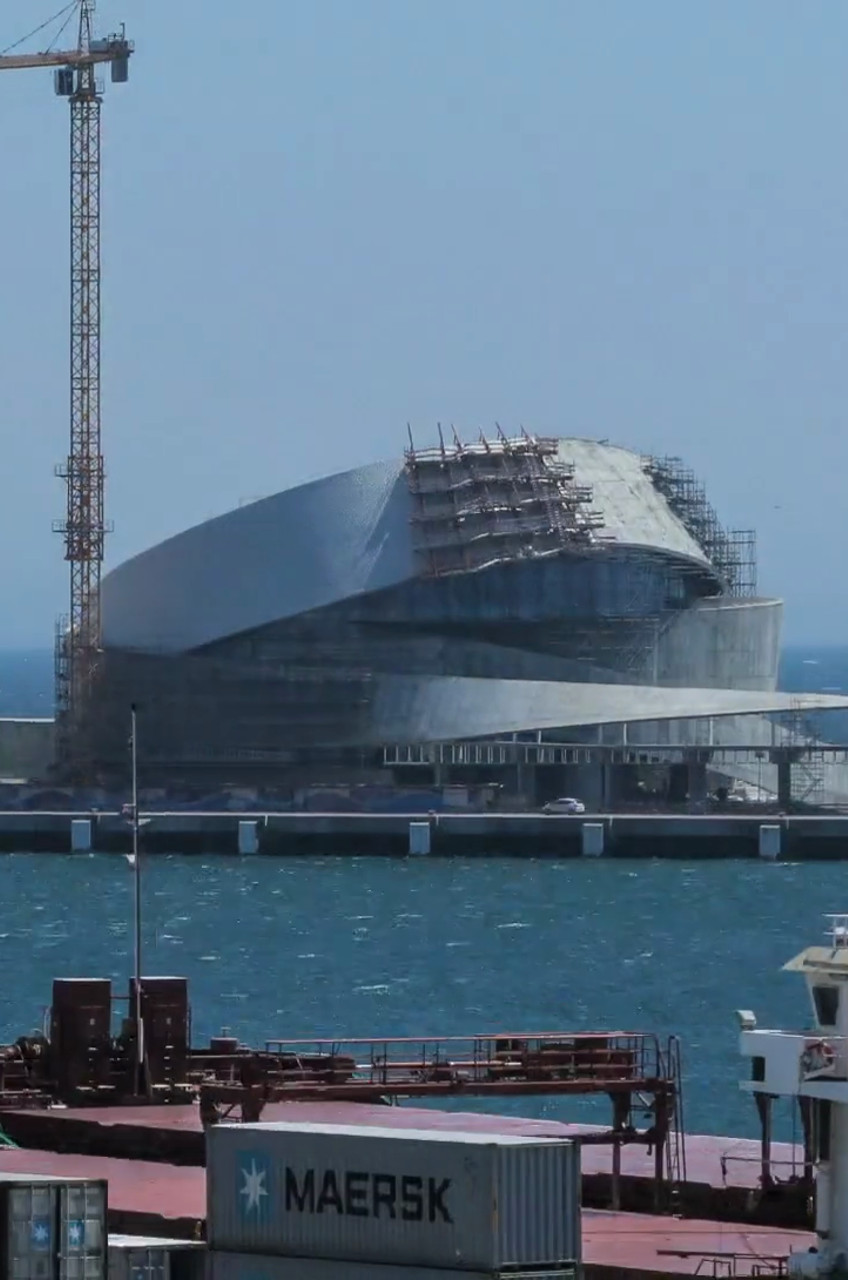 “A Propósito de Leixões”/”Apropos of Leixões” (2015, 39 min) is a glance into Leixões harbor throughout the times -from the moment there are moving images representing the area till today- with a special focus on the construction of the new Cruise Terminal and University of Porto’s Research Center building. A commission by APDL and UP, the film is divided in two parts: the first, based entirely on archival footage, looks into the construction, expansion and activity of the harbour; the second part, contemporary, looks into the construction of the building using a timelapse (made out of 156K photos) as well as present images of the intense, complex and diverse activity of the harbour.
“A Propósito de Leixões”/”Apropos of Leixões” (2015, 39 min) is a glance into Leixões harbor throughout the times -from the moment there are moving images representing the area till today- with a special focus on the construction of the new Cruise Terminal and University of Porto’s Research Center building. A commission by APDL and UP, the film is divided in two parts: the first, based entirely on archival footage, looks into the construction, expansion and activity of the harbour; the second part, contemporary, looks into the construction of the building using a timelapse (made out of 156K photos) as well as present images of the intense, complex and diverse activity of the harbour.
NOTES: the film was made to be presented as a film-concert. The soundtrack of the link we’re sending was performed by Torto at Arquiteturas Film Festival 2016 and can be used/screened as is, though the best scenario is to have a band performing live.
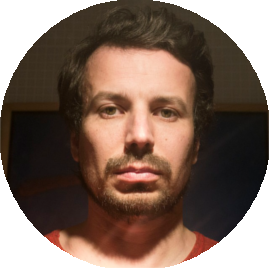 Andre Valentim
Andre Valentim
Andre Valentim Almeida is a Portuguese filmmaker with extensive teaching and research experience. He taught media production at the University of Porto and Aveiro and was the scientific coordinator of a major video training program at the newsroom of the Portuguese news agency (LUSA). He was part of the first yearlong collaborative documentary program at the UnionDocs (Brooklyn, NY) where he then became the Collaborative Studio Director for one year. He is currently board member of Apordoc, the Portuguese Documentary Association.
andrevalentimalmeida.wordpress.com
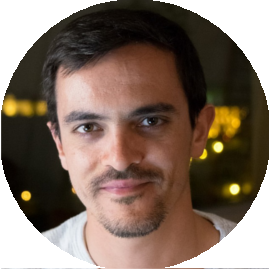 Paulo Cunha
Paulo Cunha
Paulo Cunha Martins is a Portuguese director of photography, editor, colourist and photographer. He has participated in the production of various documentary films as co/directors, as well as on various institutional and publicist army films for companies such as CUTIPOL, Beiriz, super Bock, Metro do Porto, Câmara Municipal do Porto among others. He participates in training actions related with post production for film and photography.
Category: Documentary – Duration: 39′ – Spoken Language: No – Subtitle Available: No – Production Date: 15-09-2015 – Producer/Production Entity: Joana Miranda // TVU. – Universidade do Porto + APDL
Memory is not about the past
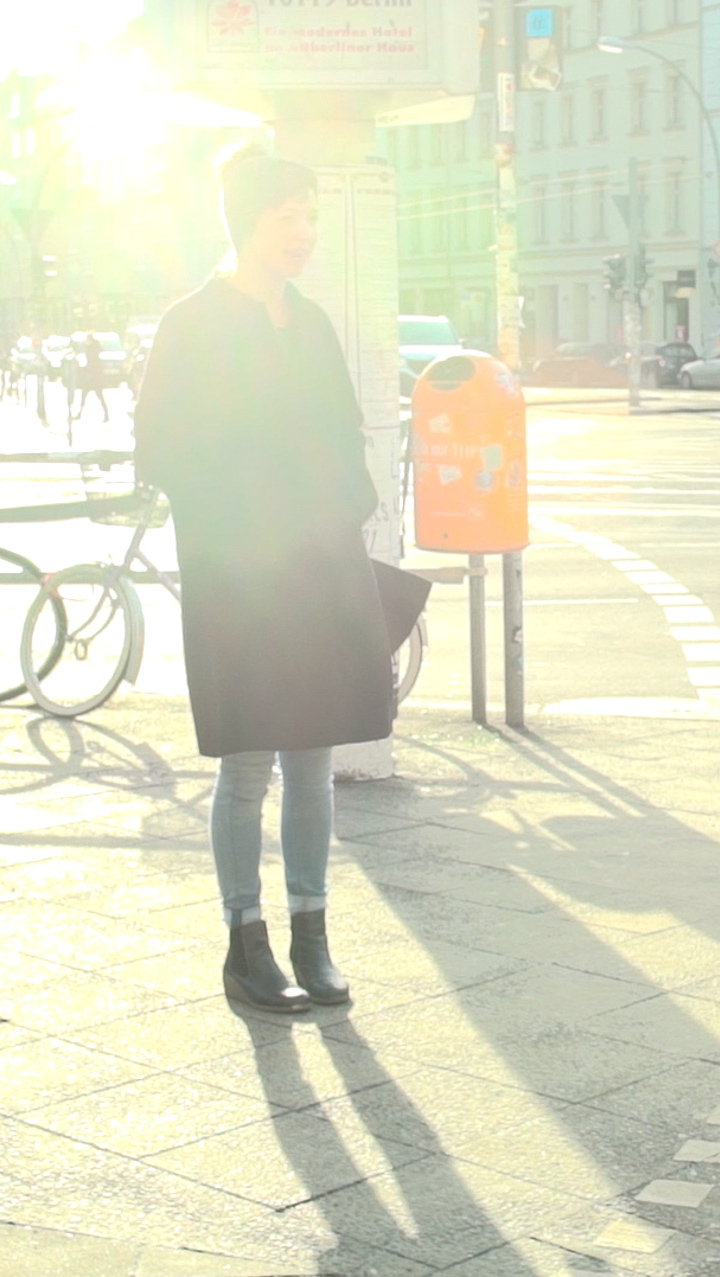 The short documentary “Memory is Not About the Past” aims to understand how former East Germany is remembered in accordance with the general national historic discourse today. The film focuses on members of the Third Generation East, meaning individuals born in the GDR between 1975 and 1985, who experienced the fall of the Berlin Wall in 1989 as a child or young adolescent. The field of research is the city of Berlin and all its former East German districts. The intent of this ethnographic encounter is not to solely observe and conduct interviews, but also to stage encounters with the participants in order to access the different layers of memory and perception.
The short documentary “Memory is Not About the Past” aims to understand how former East Germany is remembered in accordance with the general national historic discourse today. The film focuses on members of the Third Generation East, meaning individuals born in the GDR between 1975 and 1985, who experienced the fall of the Berlin Wall in 1989 as a child or young adolescent. The field of research is the city of Berlin and all its former East German districts. The intent of this ethnographic encounter is not to solely observe and conduct interviews, but also to stage encounters with the participants in order to access the different layers of memory and perception.
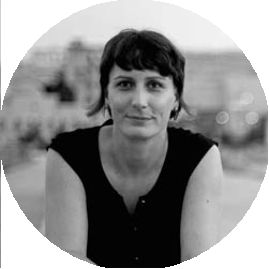 Anne Chahine
Anne Chahine
Anne Chahine is a practice-based researcher and documentary filmmaker and holds a M.A. in Visual and Media Anthropology from the Freie Universität Berlin.
She is interested in the multivocal nature of memory, history and heritage and its effect on the individual as well as society in a broader sense. Anne has worked in the fields of media installation and theatre production since 2004 and founded her own business, Pixelmarie, as the sole proprietor. Within the field of visual anthropology, she uses visual media to describe and analyse culture and as a way of constructing knowledge. Anne’s main goal in her professional life is to make research visible and accessible to a broad audience; inside and outside of academia.
Category: Short Documentary – Duration: 19′ – Spoken Language: German – Subtitle Available: English – Production Date: 31-01-2017 – Producer/Production Entity: Anne Chahine
Por quem lá tendes | Encomendação das Almas em Penha Garcia
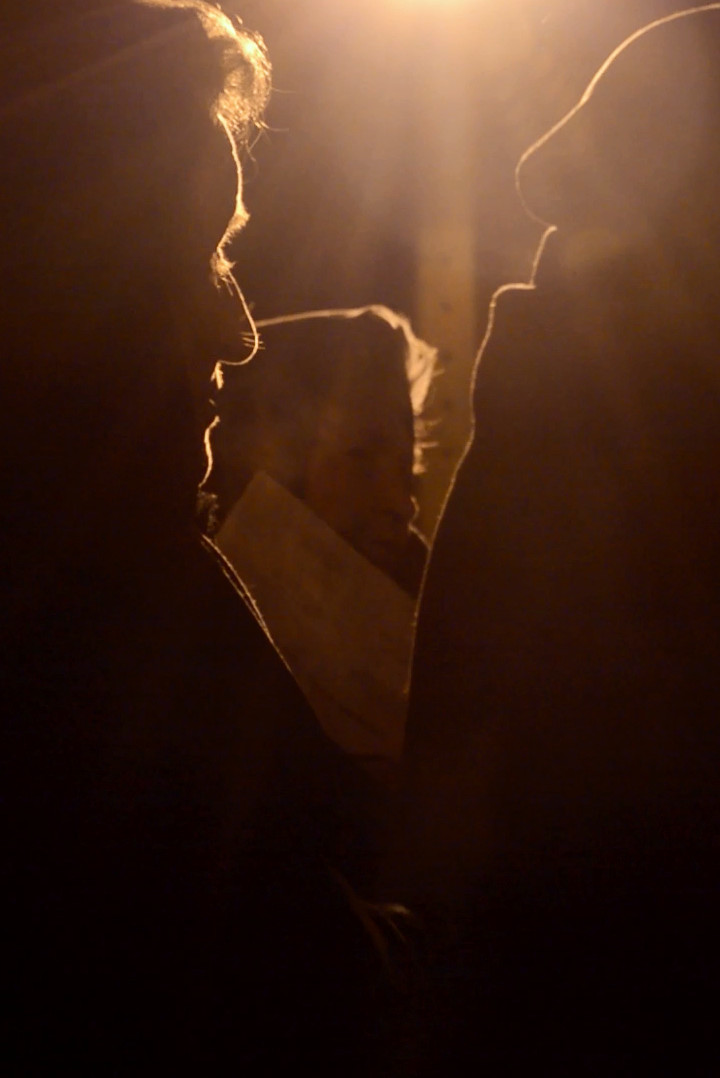 The Encouragement of Souls is an annual practice that takes place during Lent at midnight on the streets of several villages in the county of Idanha-a-Nova. It began to be documented from the 1950s by several ethnographers and folklorists and in 2017 justified a process of patrimonialization, in which local authorities, local scholars and a significant group of Idanhenses participated.
The Encouragement of Souls is an annual practice that takes place during Lent at midnight on the streets of several villages in the county of Idanha-a-Nova. It began to be documented from the 1950s by several ethnographers and folklorists and in 2017 justified a process of patrimonialization, in which local authorities, local scholars and a significant group of Idanhenses participated.
In Penha Garcia, a women’s group stands in three high places so that their voices are heard a little throughout the village. These women believe that singing and praying with one voice are packing their loved ones who are no longer here, towards the sky, where they can find eternal peace. This visual ethnography is the result of an investigation that has taken place since 2014, which aims to understand the importance and impact of this and other manifestations, their protagonists and contexts in the 21st century in Penha Garcia.
 Antonio Ventura
Antonio Ventura
António Ventura was born in Aveiro, Portugal in 1992. He completed a degree in Art Studies from the Faculty of Arts of the University of Coimbra in 2014 and a masters degree in Music from the University of Aveiro in 2016, and is currently a researcher at the same university. He presented papers at national and international scientific events. He has performed as a musician, guitarist and composer in several musical projects in the area commonly known as pop-rock. Since 2014 he has been interested in visual ethnography and documentary film as a tool for scientific research and as a means of preserving practices, protagonists and cultural contexts. Among its scientific areas of interest are the processes of traditionalization, patrimonialization and documentation of music of the rural matrix.
Category: Short Documentary – Duration: 5′ – Spoken Language:Portughes – Subtitle Available: No – Production Date: 29-09-2017 – Producer/Production Entity: Fundação para a Ciencia e Tecnologia (FCT); Instituto de Etnomusicologia – Música e Dança (INET-md) pólo Universidade de Aveiro
Bombos de Lavacolhos – O som que estremece o coração
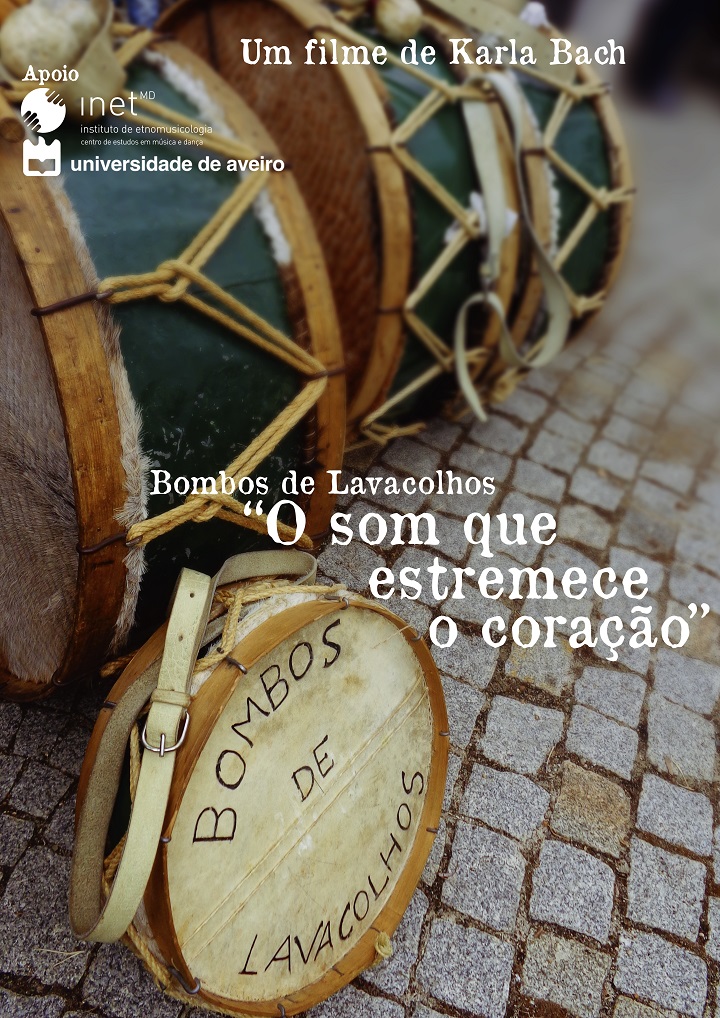 “Bombos de Lavacolhos – O som que estremece o coração”, was made with the intent of getting to know this male musical practice of rural tradition in Portugal. It was assembled from field images, interviews and testimonials. The realization of this project had institutional support of the University of Aveiro and of the Instituto de Etnomusicologia – Centro de Estudos em Música e Dança (INET-md).
“Bombos de Lavacolhos – O som que estremece o coração”, was made with the intent of getting to know this male musical practice of rural tradition in Portugal. It was assembled from field images, interviews and testimonials. The realization of this project had institutional support of the University of Aveiro and of the Instituto de Etnomusicologia – Centro de Estudos em Música e Dança (INET-md).
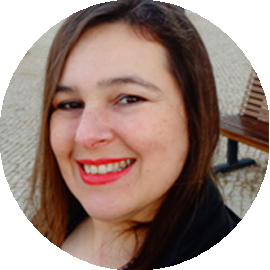 Karla Regina Bach de Andrade Pedrassoli
Karla Regina Bach de Andrade Pedrassoli
Karla is currently a member of the UFF National Symphony Orchestra, Sinfonieta Dell’Arte and the Rio de Janeiro Philharmonic Orchestra. As Professor at the Brazilian Conservatory of Music for ten years, she created the Bachelor degree in Percussion Performance. In addition, until 2009 she was in charge of the music direction and coordination of the Conservatory’s Percussion Ensemble. Karla Bach has toured internationally with the classical guitarist Paulo Pedrassoli. Along with their Brazil performances, the duo has been to Germany, the Caribbean, Morocco and Japan. Her leading activities include the creation and coordination of the Percussion Composition Lab at the Brazilian Conservatory of Music. She has also been a member of the renowned UNESP Art Institute’s Percussion Ensemble. A specialist and Master of Music in Musicology, her studies focused on the paths of Brazilian percussion within the orchestral work of Heitor Villa-Lobos. Karla Bach is currently finishing her Doctorate in Ethnomusicology at the University of Aveiro, Portugal.
Category: Short Documentary – Duration: 15′ – Spoken Language:Portughese – Subtitle Available: No – Production Date: 12-05-2017 – Producer/Production Entity: Fundação para a Ciencia e Tecnologia (FCT); Instituto de Etnomusicologia – Música e Dança (INET-md) Universidade de Aveiro
Next stop: La Latina
Winner – Short Documentary 2017
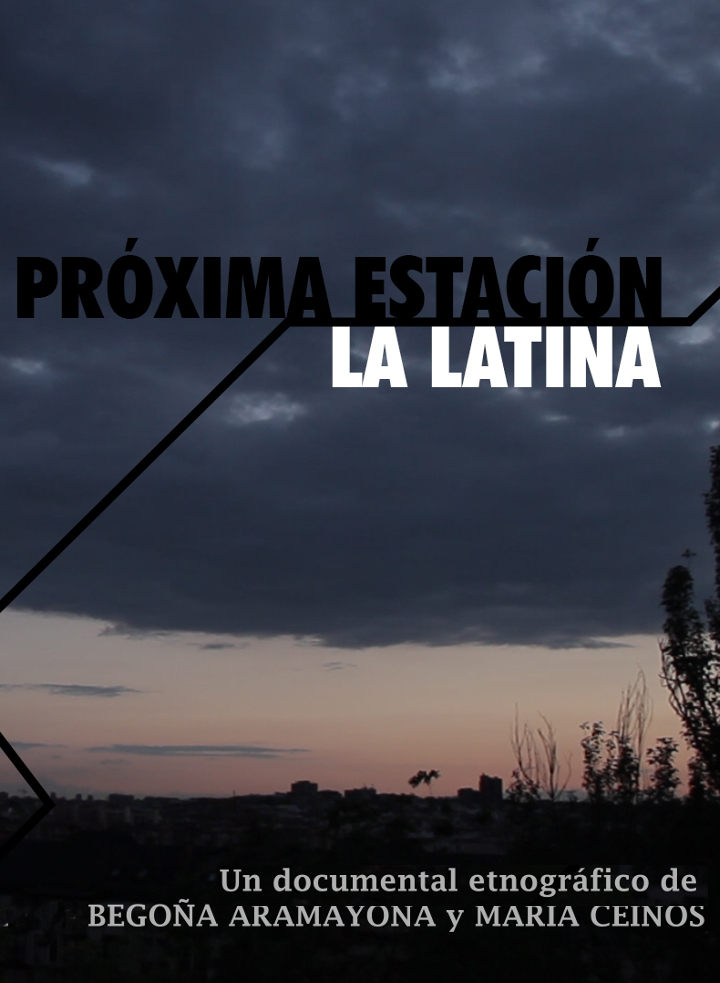 “Next stop: La Latina” is a short documentary aimed to explore some nightlife-driven processes of touristification in a central neighborhood in Madrid (La Latina). Through the voices of different inhabitants of this place (long-term residents and ex-residents; workers from a local coalyard and a decaying retail market; ocasional or devoted night-revelers), along with well-recognized urban scholars, such as Michael Janoschka (Contested Cities) and Jorge Sequera (Oficina de Urbanismo Social), we explore the diversity of ways to understand the changes around this neighborhood. This documentary was filmed during over 2 years (2014-2016) and it is part of a broader ethnographic work, aiming to better provide provocative questions than ended answers: What is happening at downtown Madrid? What is a tourist and what an inhabitant? Who are the legitime owners of a place´s identity? What is the displacement? How can we visualize it?
“Next stop: La Latina” is a short documentary aimed to explore some nightlife-driven processes of touristification in a central neighborhood in Madrid (La Latina). Through the voices of different inhabitants of this place (long-term residents and ex-residents; workers from a local coalyard and a decaying retail market; ocasional or devoted night-revelers), along with well-recognized urban scholars, such as Michael Janoschka (Contested Cities) and Jorge Sequera (Oficina de Urbanismo Social), we explore the diversity of ways to understand the changes around this neighborhood. This documentary was filmed during over 2 years (2014-2016) and it is part of a broader ethnographic work, aiming to better provide provocative questions than ended answers: What is happening at downtown Madrid? What is a tourist and what an inhabitant? Who are the legitime owners of a place´s identity? What is the displacement? How can we visualize it?
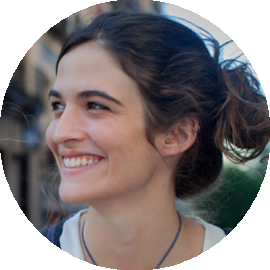 Begoña Aramayona
Begoña Aramayona
Originally from Madrid, Begoña Aramayona is a young social psychologist, currently exploring the field of urban studies through audiovisual methodologies at Universidad Autónoma de Madrid. Inspired by authours such as Agnès Varda and Jean Rouch, and having previously explored the use of the camera as a social research tool in countries like Australia and México, “Next Stop: La Latina” is her first ready-to-public audiovisual works, which is the result of a long ethnographic process conducted during more than three years (2014 -2017) in the neighborhood where she was living in Madrid.
Category: Short Documentary – Duration: 18′ – Spoken Languae: Sapnish – Subtitle Available: Spanish, English – Production Date: 30-03-2017 – Producer/Production Entity: Imaginario Social
My Sarangi Your Sarangi
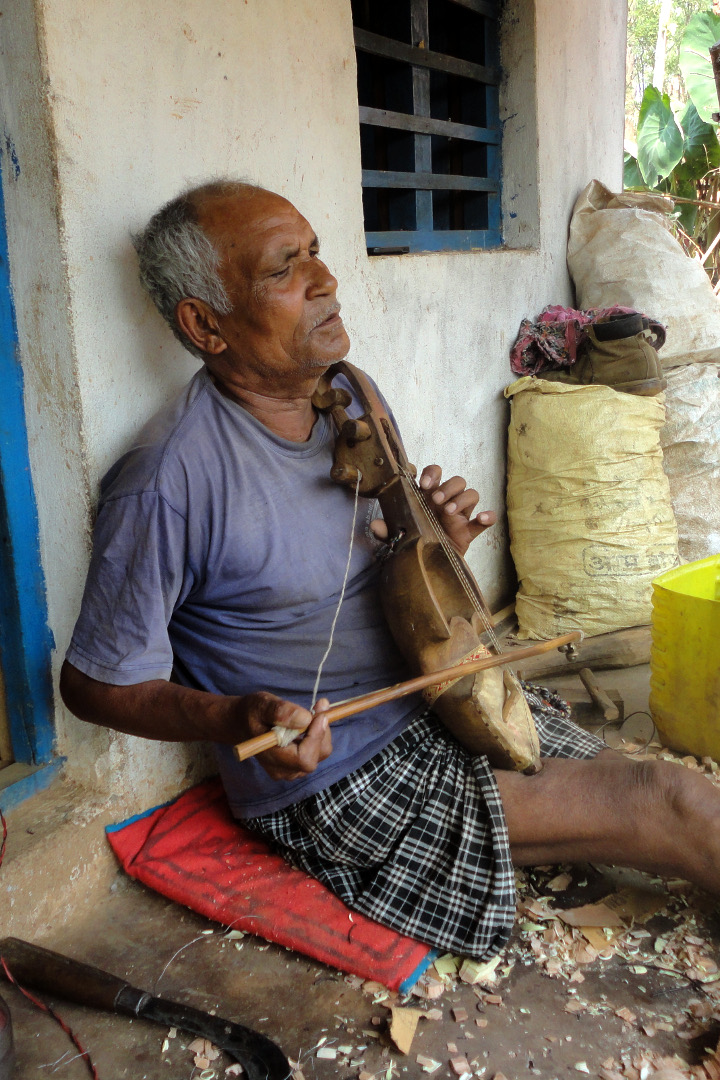 All the footages used in this film were shot between April-June 2014 (with the use of a Gopro Camera, hence the fish eye wide angle), when I was I conducting fieldwork in Nepal as part of my MA thesis in Cultural Anthropology & Development Sociology from Leiden University, Netherlands.
All the footages used in this film were shot between April-June 2014 (with the use of a Gopro Camera, hence the fish eye wide angle), when I was I conducting fieldwork in Nepal as part of my MA thesis in Cultural Anthropology & Development Sociology from Leiden University, Netherlands.
This film focuses on the dynamics of interplay between caste, social position and cultural practice amongst the music-making Gandharba caste, a community that has historically been marginalised as Untouchables or Dalits in Nepal. By examining the interaction between the Gandharbas and the Sarangi (a musical instrument), we witness a successful channelling of articulate imaginaries that emanate from an awareness of social and cultural history and economic opportunity. It further seeks to elucidate the complex and myriad ways in which individuals or societies are realised and cognised, negotiated or enforced, manifested or obscured, reproduced or altered, through the realm of objects.
The Sarangi encompasses a social matter that allows for a focus into cultural meanings and social relationships about the myriad, affective and sensory relations that people maintain with “things”. As a socially vigorous object, it provides some valuable insights into notions of caste, property and ownership, identity and the nation.
 Bhokraj Gurung
Bhokraj Gurung
A highly enthusiastic education professional with a Master’s Degree focused on Cultural Anthropology and Development Sociology from Leiden University, Netherlands. I hold a keen interest in matters relating to material culture, religion, identity politics, diaspora and visual anthropology. Currently working as a guest lecturer in the anthropology department at Sikkim University, India for the past 10 months, I am seeking to augment my interests in documentary film making and addressing social matters from an anthropological perspective.
I am hopeful of starting my PhD in Visual Anthropology next year with the aim of actively engaging myself in socio-economic matters that deal with systematic and positive for marginalised communities either in Nepal or India.
Category: Documentary – Duration: 32′ – Spoken Languae: Nepali – Subtitle Available: English – Production Date: 01-08-2016 – Producer/Production Entity: Bhokraj Gurung
Por la verea. Routes of transhumance in Andalusia
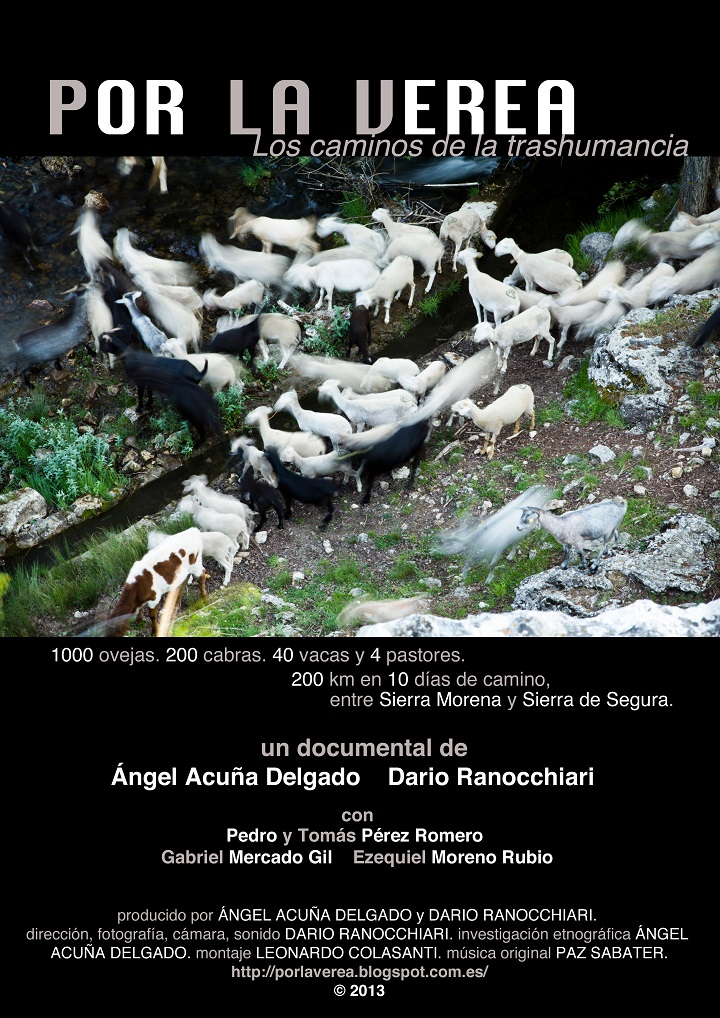 Pedro Pérez, his brother Tomás and two more shepherds guide their flock from Sierra Morena to Sierra de Segura, in the province of Jaén (Andalusia). It’s the transhumance, the seasonal migration of cattle, which characterized for centuries European sheep farming and which a handful of stubborn shepherds (progressively fewer) don’t resign. This film documents part of the springtime route of Pérez brothers, whose testimony given «por la verea» («on the route») reveals to us the anthropological and ecological reasons to continue this practice.
Pedro Pérez, his brother Tomás and two more shepherds guide their flock from Sierra Morena to Sierra de Segura, in the province of Jaén (Andalusia). It’s the transhumance, the seasonal migration of cattle, which characterized for centuries European sheep farming and which a handful of stubborn shepherds (progressively fewer) don’t resign. This film documents part of the springtime route of Pérez brothers, whose testimony given «por la verea» («on the route») reveals to us the anthropological and ecological reasons to continue this practice.
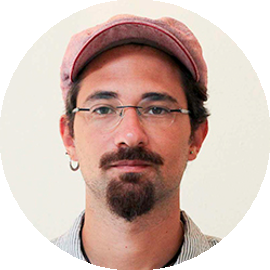 Dario Ranocchiari
Dario Ranocchiari
Dario Ranocchiari is an Italian visual ethnographer based in Spain and Portugal. He is a researcher at the INET-md (University of Aveiro) and the Social Anthropology Dept. of the University of Granada. He received his PhD from the University of Granada (2013), a 1 year MA in Scienze della Cultura from the Collegio San Carlo di Modena (2006) and a graduation in humanities – ethnomusicology chair – from the University of Rome “La Sapienza” (2005). He taught from 2009 to 2014 at the University of Granada in Anthropology, Sociology, Education, Tourism and Social Work graduation programs. He carried out ethnographic research on musical practices in Portugal (2002-2004, with afro-lusitan rappers) and Colombia (2009-2013, on music and ethnicity). During the last one, he began to use participatory audio-visual methodologies and realized music videos with some research subjects. “Por la verea. Routes of transhumance in Andalusia” (2013, 41’) is his first documentary film and has been shown in ethnographic film festival in Europe and Asia. A short version have been bought by the RAI – Radiotelevisione Italiana.
Personal Webpage
http://www.dariorana.com/
Category: Documentary – Duration: 41′ – Spoken Languae: Spanish – Subtitle Available: English, Italian – Production Date: 30-09-2017 – Producer/Production Entity: Dario Ranocchiari and Ángel Acuña Delgado, Universidad de Granada
Real Conquista
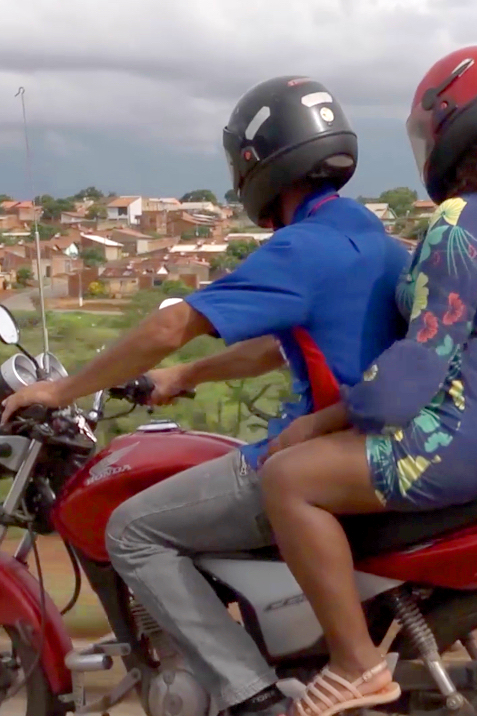 In Goiânia, in the neighborhood Real Conquista, a woman, marked by a strong past of violence, fights for better conditions of life.
In Goiânia, in the neighborhood Real Conquista, a woman, marked by a strong past of violence, fights for better conditions of life.
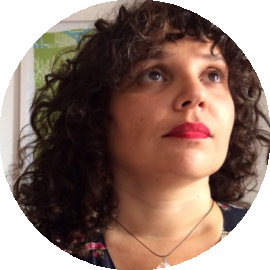 Fabiana Assis
Fabiana Assis
Fabiana attends a Master’s degree in Art and Visual Culture at the Federal University of Goiás. He holds a post-graduate degree in Documentary Cinema by Fundação Getulio Vargas in São Paulo. She works with research and production of documents since 2009. She is idealizing and directing
Category: Short Documentary – Duration: 14′ – Spoken Languae: Portugues – Subtitle Available: English – Production Date: 21-02-2017 – Producer/Production Entity: Fabiana Assis
The Number of Steps
Honorable Mention – Short Documentary 2017
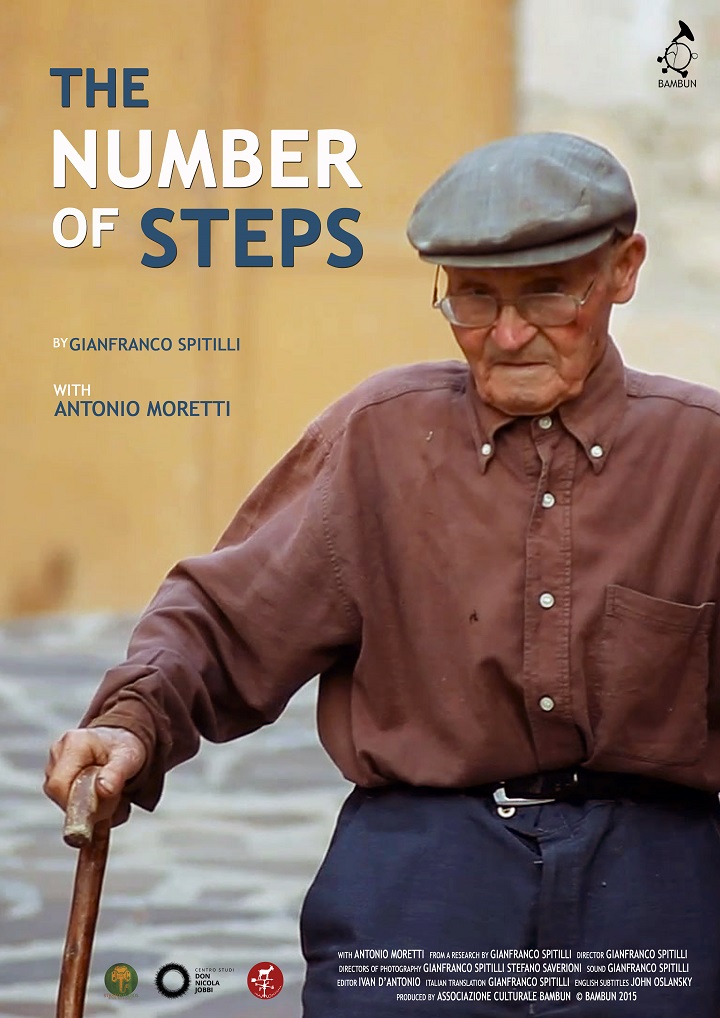 Antonio Moretti, one of the last great elders of Cerqueto, is seated on a piece of tree trunk. Almost blind, he passes his days in the garden during the warm months of the year, looking after plants, taking care of and feeding animals. One moves in this space following the signs arranged by himself and his son: sticks, branches and strings; sometimes he gets disoriented, becomes dizzy and falls down. He waits until this goes away, time no longer exists; he waits and returns home, measuring the number of steps in his mind. Who will know how to take on this difficult legacy? Memory and the future meet: whoever counts their steps knows where he can and where he wants to arrive.
Antonio Moretti, one of the last great elders of Cerqueto, is seated on a piece of tree trunk. Almost blind, he passes his days in the garden during the warm months of the year, looking after plants, taking care of and feeding animals. One moves in this space following the signs arranged by himself and his son: sticks, branches and strings; sometimes he gets disoriented, becomes dizzy and falls down. He waits until this goes away, time no longer exists; he waits and returns home, measuring the number of steps in his mind. Who will know how to take on this difficult legacy? Memory and the future meet: whoever counts their steps knows where he can and where he wants to arrive.
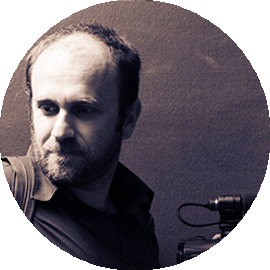 Gianfranco Spitilli
Gianfranco Spitilli
Gianfranco Spitilli (b.Teramo, 1975) graduated with a degree in Ethnology and is a Phd in Ethno-Anthropology. He carries out research in the field of religious ethnology, ethnomusicology and anthropology of cultural memory in Central-Southern Italy, Belgium and Romania. He has had books published, as well as essays in Italian and foreign scientific journals, and has made documentary films and recordings with research material. In 2009 he won the Nigra Prize for anthropological research.
Category: Short Documentary – Duration: 13′ – Spoken Language: Dialect, Italian – Subtitle Available: English – Production Date: 20-12-2015 – Producer/Production Entity: Associazione Culturale Bambun – per la ricerca demoetnoantropologica e visuale
Swamp Dialogues
Winner – Medium-Long Documentary 2017
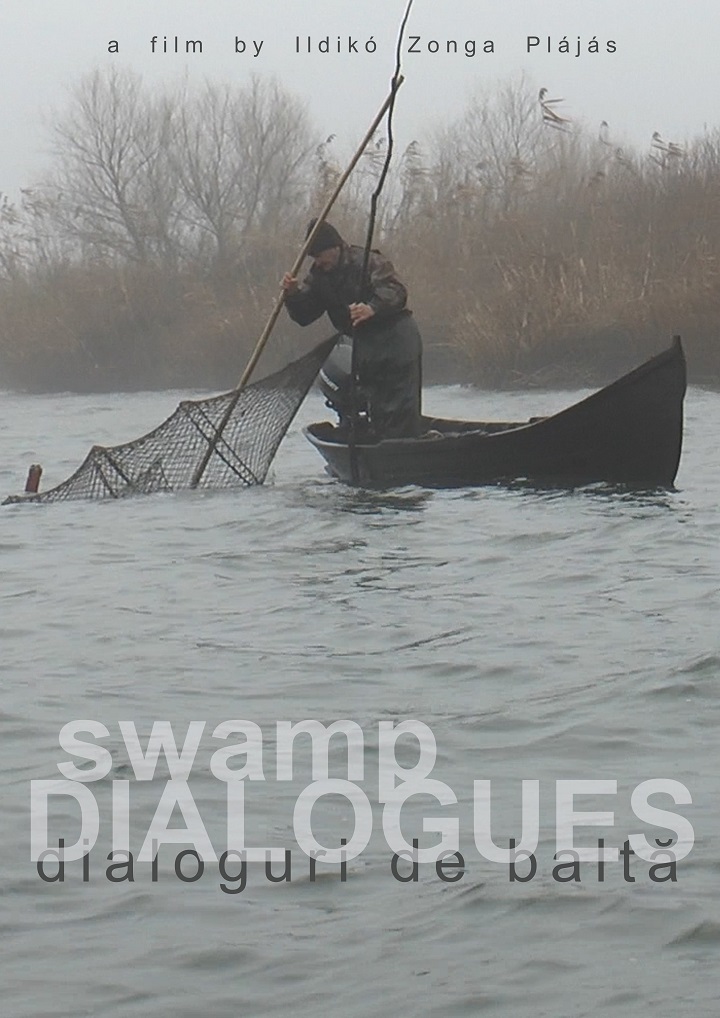 The Danube Delta in Romania – the ‘Last European Sanctuary’ – is a UNESCO World Heritage Site. While major efforts are made to protect biodiversity, the plight of local communities is largely overlooked. Social scientists claim that the traumatic nature of the swamp bears heavily on the villagers’ lives. But is Nature really to blame? Swamp Dialogues is based on extensive field-research in the Danube Delta Biosphere Reserve. Through a careful “argument montage” built entirely on cinematic language the film represents an anthropological analysis formulated in image and sound.
The Danube Delta in Romania – the ‘Last European Sanctuary’ – is a UNESCO World Heritage Site. While major efforts are made to protect biodiversity, the plight of local communities is largely overlooked. Social scientists claim that the traumatic nature of the swamp bears heavily on the villagers’ lives. But is Nature really to blame? Swamp Dialogues is based on extensive field-research in the Danube Delta Biosphere Reserve. Through a careful “argument montage” built entirely on cinematic language the film represents an anthropological analysis formulated in image and sound.
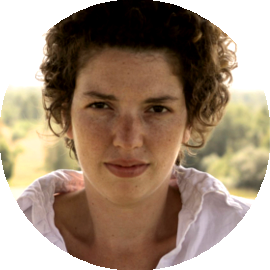 Ildikó Zonga Plájás
Ildikó Zonga Plájás
Ildikó studied anthropology and cultural studies in Romania and Hungary, later graduating in Visual Ethnography at Leiden University, the Netherlands. After her studies she has been a guest lecturer at Leiden University, , and is currently doing her PhD at the University of Amsterdam. Swamp Dialogues is her first feature documentary.
Category: Documentary – Duration: 53′ – Spoken Language: Romenian, Russian – Subtitle Available: English, Portuguese – Production Date: 12-12-2015 – Producer/Production Entity: Ildiko Plajas
农家乐 Peasant Family Happiness
Honorable Mention – Medium-Long Documentary 2017
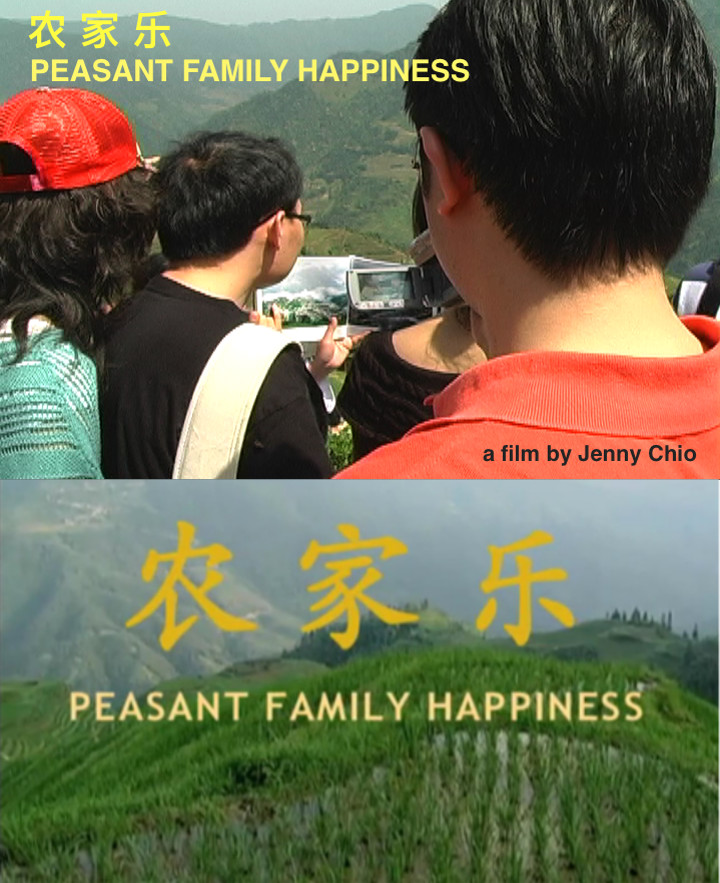 农家乐 Peasant Family Happiness depicts the everyday experience of “doing tourism” (搞旅游) in two rural, ethnic minority villages in contemporary China: Ping’an and Upper Jidao. Focusing on the perspectives of village residents, this film portrays how modern, rural ethnic minority Chinese negotiate between the day-to-day consequences of tourist arrivals in their communities and ideal projections of who they are and what their lives can achieve through tourism as a form of socioeconomic development. The film is distributed by Berkeley Media (http://www.berkeleymedia.com/product/peasant_family_happiness/).
农家乐 Peasant Family Happiness depicts the everyday experience of “doing tourism” (搞旅游) in two rural, ethnic minority villages in contemporary China: Ping’an and Upper Jidao. Focusing on the perspectives of village residents, this film portrays how modern, rural ethnic minority Chinese negotiate between the day-to-day consequences of tourist arrivals in their communities and ideal projections of who they are and what their lives can achieve through tourism as a form of socioeconomic development. The film is distributed by Berkeley Media (http://www.berkeleymedia.com/product/peasant_family_happiness/).
 Jenny Chio
Jenny Chio
Jenny Chio is a cultural anthropologist and ethnographic filmmaker. She is Assistant Professor of Anthropology at Emory University (Atlanta, USA) and Co-Editor of Visual Anthropology Review, the journal of the Society for Visual Anthropology. Her research and publications explores the cultural politics of mobility, ethnic minority identity, cultural heritage politics, and vernacular media practices in contemporary rural China. She is the author of A Landscape of Travel: The Work of Tourism in Rural Ethnic China (2014, University of Washington Press), director of 农家乐 Peasant Family Happiness (winner of 2013 David Plath Media Prize; 2013, Berkeley Media), and co-editor of Mapping Media in China: Region, Province, Locality (with Wanning Sun; 2012, Routledge).
Category: Documentary – Duration: 70′ – Spoken Language: Chinese (Mandarin)
– Subtitle Available: English – Production Date: 01-09-2009 – Producer/Production Entity: Jenny Chio
Afluentes
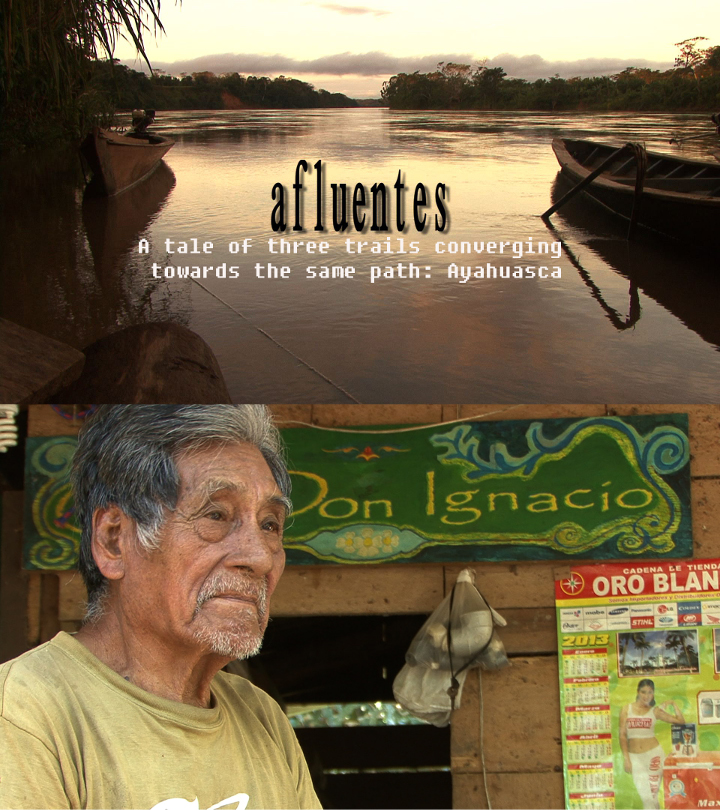 ‘Afluentes’ are small rivers or streams that flow towards a bigger river or lake. This documentary deals with the increase of ‘spiritual tourists’ in the Peruvian Amazon, neo-shamanism and the healing potential of traditional indigenous and/or mestizo plant medicine. In this case, the ‘bigger river or lake’ symbolizes Ayahuasca – the psychedelic brew, the mysterious so called ‘the vine of the dead’ that brings together a teacher, a traveler and a desperate man to the same place.
‘Afluentes’ are small rivers or streams that flow towards a bigger river or lake. This documentary deals with the increase of ‘spiritual tourists’ in the Peruvian Amazon, neo-shamanism and the healing potential of traditional indigenous and/or mestizo plant medicine. In this case, the ‘bigger river or lake’ symbolizes Ayahuasca – the psychedelic brew, the mysterious so called ‘the vine of the dead’ that brings together a teacher, a traveler and a desperate man to the same place.
My intent is to bring about a more ethnographic view of what surrounds the phenomena of those who seek Ayahuasca, by talking not to experts but with anybody I meet during my fieldwork in Peru; to understand the framework of their belief system and how these spiritual voyages influence peoples’ normal lifestyle.
‘Afluentes’ was presented as final work / thesis to conclude my MA in Visual Anthropology with the University of Manchester (GCVA – 2012/2013).
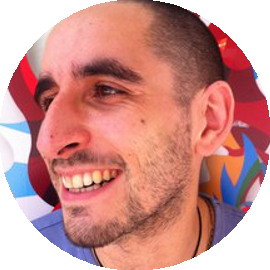 João Meirinhos
João Meirinhos
João is an ethnographic filmmaker and a researcher from Lisbon, Portugal.
He’s been working for various socially engaging organisations focusing on social justice and environmental awareness since 2007 using audiovisual tools to trigger cultural exchange and mediate dialogue between people. Since 2011 he developed a solar powered itinerant cinema project sponsored by Italian NGO Bambini Nel Deserto. With ‘Cinema du Desert’ he has had the possibility to travel and work in West Africa and Central Asia. An MA in Visual Anthropology with the University of Manchester led him to undertake fieldwork in the Peruvian Amazon that culminated in the feature documentary “The Mirror of the Spirit” (the first part ‘Afluentes’ was very well received in ethnographic festivals worldwide). Ever since João has been based between UK, Hong Kong and Lisbon as a audiovisual freelancer.
Category: Short Documentary – Duration: 28′ – Spoken Language: Spanish – Subtitle Available: English – Production Date: 01-10-2013 – Producer/Production Entity: Granada Centre for Visual Anthropology
The Sound of Bells
Honorable Metion – Short Documentary 2017
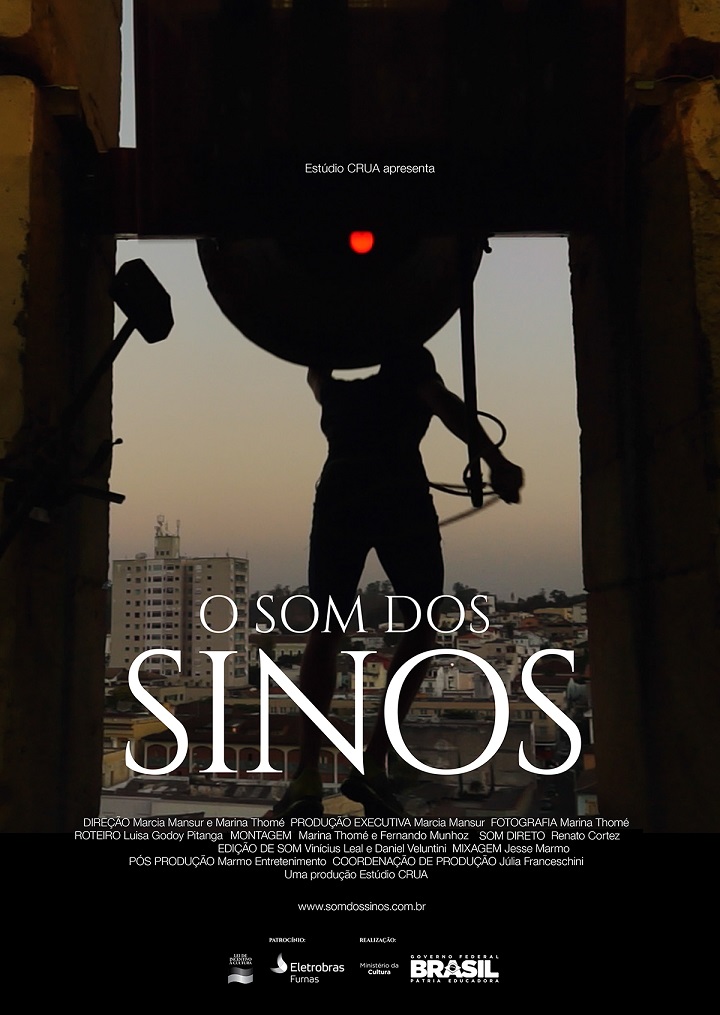 In Minas Gerais, Brazil, bell sounds set the pace of life of the residents of the historic cities, announcing time for work, rest, pray, and celebrate. Over 40 different bell rings are known in the region, and were nominated as Brazilian Intangible Cultural Heritage. The bell ringers, characters from the top of the towers, are known to have transformed bell rings over the centuries from their colonial origins and have mixed them with the strong African heritage in Brazil. The documentary is a poetic representation of religious experience in everyday life. The feature film The Sound of Bells is part of an expanded documentary project, which is pioneering the use of new media for the dissemination of the intangible heritage. Digital technology can support increased appreciation of cultural heritage, strengthen dialogue and understanding among cultures. How do younger generations react, interact or create new ways to express their cultural heritage? The project works with the combination of memory and new technologies, sound mapping and community engagement through a transmedia production that includes an online multimedia platform with sound cartography and innovative content, an interactive documentary, audiovisual public interventions on churches facades and an award-winning audio guide app for mobile devices.
In Minas Gerais, Brazil, bell sounds set the pace of life of the residents of the historic cities, announcing time for work, rest, pray, and celebrate. Over 40 different bell rings are known in the region, and were nominated as Brazilian Intangible Cultural Heritage. The bell ringers, characters from the top of the towers, are known to have transformed bell rings over the centuries from their colonial origins and have mixed them with the strong African heritage in Brazil. The documentary is a poetic representation of religious experience in everyday life. The feature film The Sound of Bells is part of an expanded documentary project, which is pioneering the use of new media for the dissemination of the intangible heritage. Digital technology can support increased appreciation of cultural heritage, strengthen dialogue and understanding among cultures. How do younger generations react, interact or create new ways to express their cultural heritage? The project works with the combination of memory and new technologies, sound mapping and community engagement through a transmedia production that includes an online multimedia platform with sound cartography and innovative content, an interactive documentary, audiovisual public interventions on churches facades and an award-winning audio guide app for mobile devices.
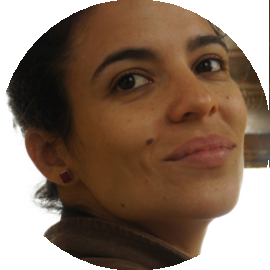 Marcia Mansur
Marcia Mansur
Marcia is a producer and documentary filmmaker and has collaborated with institutions such as “Video in the Villages”, aimed at supporting indigenous people through audiovisual and “UnionDocs”, the Brooklyn Center for Documentary Arts. Her short films have been screened in festivals such as Contro-Sguardi International Festival of Anthropological Cinema (Italy, 2010), and awarded Honorable Mention in Festivals such as Filme Etnografico do Recife (Brazil, 2010).
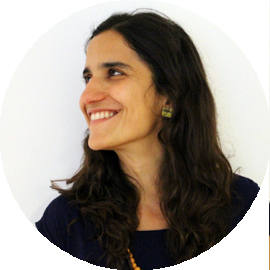
Marina Thomé
Marina Thomé is a documentary filmmaker and photographer. She holds a master´s degree in Creative Documentary (UAB – Barcelona, Spain). Marina is the co-author and director of photography for the documentary “La Ciudad Tipográfica”, shot in Barcelona and presented in international film festivals such as Tirana International Film Festival in Albania, and co-directed the first Spanish interactive webdocumentary “SEAT: Shadows of the Progress”.
Category: Documentary – Duration: 70′ – Spoken Language: Portuguese – Subtitle Available: English – Spanish – Production Date: 16-07-2016 – Producer/Production Entity: Estúdio CRUA
Faber Navalis
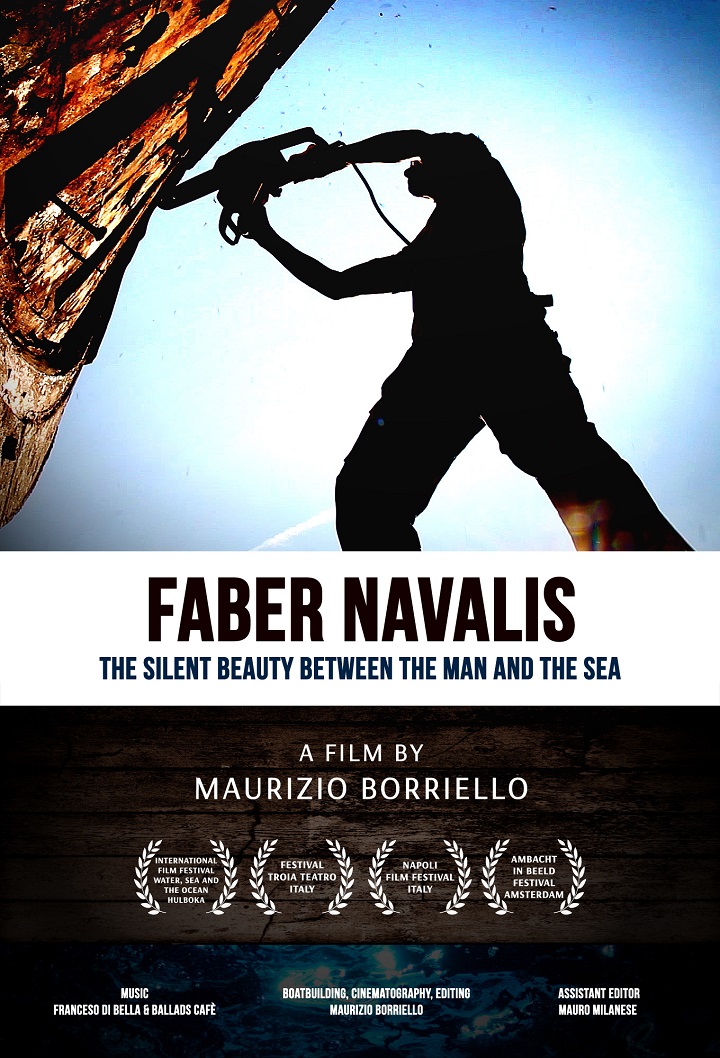 Faber Navalis is the Latin for Boatbuilder: words in an ancient language for describing an ancient profession. It might seem just a video about the restoration of a wooden ship, but the actual subject of this film is the state of mind of its shipwright: an Italian researcher in maritime ethnography who decided to learn boat building skills in order to understand the intangible knowledge hidden behind the construction of a wooden ship. This film is an experiment in autobiographical ethnography in which the shipwhright is also the filmmaker/ethnographer: a combination of aesthetics and ethnography which attempts to bring out an inner dimension that may only with difficulty, if it all, be rendered with propositional prose.
Faber Navalis is the Latin for Boatbuilder: words in an ancient language for describing an ancient profession. It might seem just a video about the restoration of a wooden ship, but the actual subject of this film is the state of mind of its shipwright: an Italian researcher in maritime ethnography who decided to learn boat building skills in order to understand the intangible knowledge hidden behind the construction of a wooden ship. This film is an experiment in autobiographical ethnography in which the shipwhright is also the filmmaker/ethnographer: a combination of aesthetics and ethnography which attempts to bring out an inner dimension that may only with difficulty, if it all, be rendered with propositional prose.
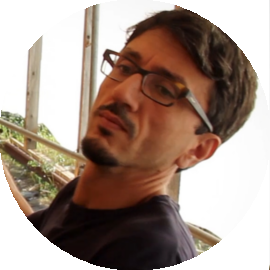 Maurizio Borriello
Maurizio Borriello
Maurizio Borriello was born 1974 in Naples – Italy. He is a boatbuilder, filmmaker and independent researcher in cultural anthropology.
After graduating in Asian and African Languages and Civilizations he moved to Indonesia where he had a teaching assignment at University of Jakarta. In those years he carried out research a project in Visual Anthropology making a documentary-film which explores the universe of Indonesian cinema.
After the Tsunami he worked as volunteer rebuilding some fishing boats destroyed by the seaquake. Since then his interest shifted to the study of coastal communities, boatbuiding technology and transmission of knowledge. His research interests focus on maritime cultures of the Indian Ocean from ethnographic and archaeological perspectives.
Category: Documentary – Duration: 33′ – Spoken Language: No – Subtitle Available: No – Production Date: 16-04-2015 – Producer/Production Entity: Maurizio Borriello
Nosso Morro
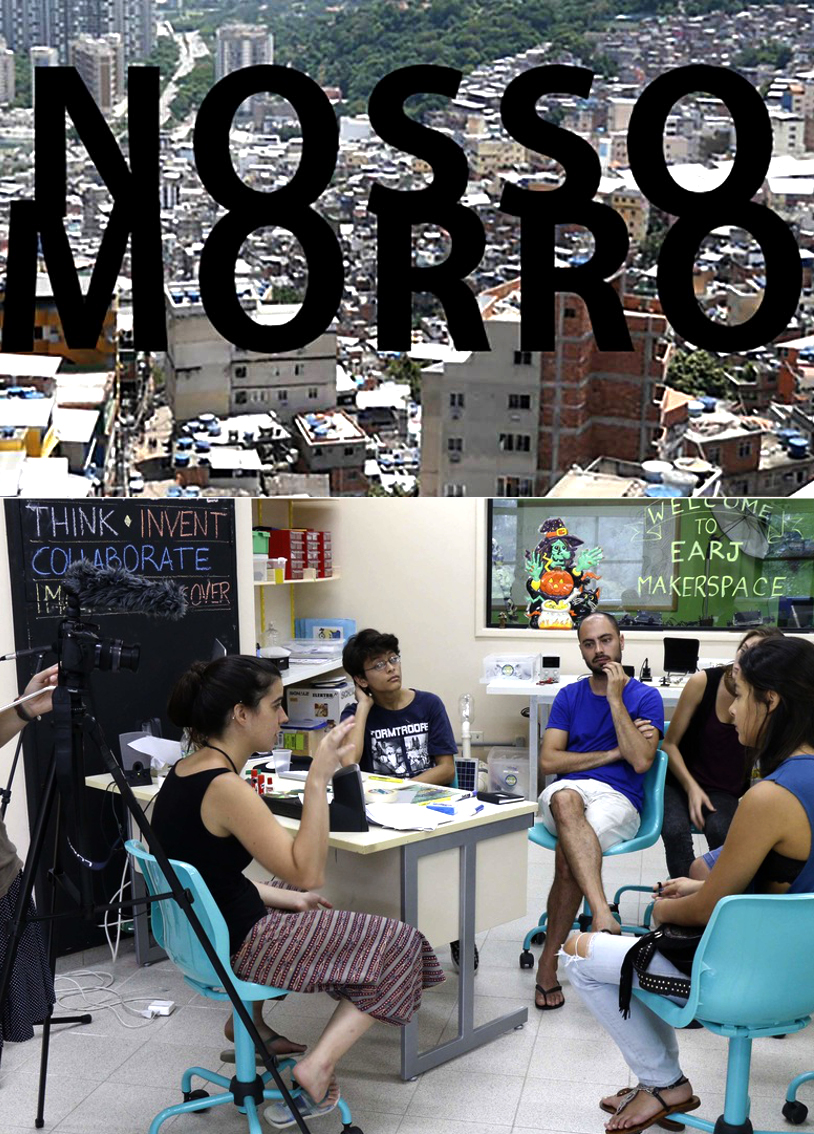 In Rio de Janeiro, ten young people coming from socioeconomic environments as opposed as the wealthy neighborhood of Gávea and the favela Rocinha, are to make a documentary of their own creation. The young participants decide to use the resources and knowledge facilitated by the Big Tree Collective to cinematically explore the socio-spatial segregation of the environment that they share on their daily lives. The film unveils the personal stories of the inhabitants of one and the other side of the mountain, while reflecting on the creation of a youth-based documentary narrative. An experimental film that brings to the screen a creative testimony that reveals the vacuum of stereotypes, offering new attitudes and perspectives that foresee a better future for both communities, and the city.
In Rio de Janeiro, ten young people coming from socioeconomic environments as opposed as the wealthy neighborhood of Gávea and the favela Rocinha, are to make a documentary of their own creation. The young participants decide to use the resources and knowledge facilitated by the Big Tree Collective to cinematically explore the socio-spatial segregation of the environment that they share on their daily lives. The film unveils the personal stories of the inhabitants of one and the other side of the mountain, while reflecting on the creation of a youth-based documentary narrative. An experimental film that brings to the screen a creative testimony that reveals the vacuum of stereotypes, offering new attitudes and perspectives that foresee a better future for both communities, and the city.
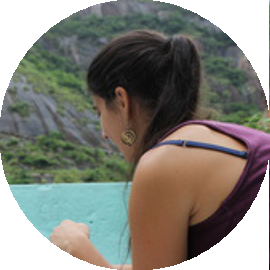 Paloma Yáñez Serrano, Benjamin Llorens Rocamora, Stefania Villa, Daniel Lema, Clara Kleininger and Spyros Gerousis (Big Tree Collective)
Paloma Yáñez Serrano, Benjamin Llorens Rocamora, Stefania Villa, Daniel Lema, Clara Kleininger and Spyros Gerousis (Big Tree Collective)
The Big Tree Collective is formed by independent ethnographic filmmakers and social anthropologists interested in the methods of adaptation humans develop to address changing environment, technology and political conflicts. They have been working for seven years making films and research projects in Congo, Egypt, Greece, Moldova, Ukraine, Spain, Brazil and Mexico, teaching and collaborating with local communities to tell meaningful stories about our changing societies. Nosso Morro specifically was an attempt to discuss urban segregation in Rio de Janeiro from the perspective of young adults exploring their future expectations.
Category: Documentary – Duration: 36′ – Spoken Language: Portuguese – Subtitle Available: English – Production Date: 01-09-2015 – Producer/Production Entity: Big Tree Collective
Que Estranha Forma de Vida / What a Strange Way of Life
 Documentary about alternative ways of life, with a vision of the future based on sustainability.
Documentary about alternative ways of life, with a vision of the future based on sustainability.
In this Documentary, will be addressed ways of life that are parallel to society as we know it.
We will closely follow the eco-village Cabrum, a recent community in northern Portugal; Cooperativa Integral Catalana, in Barcelona, which practices self-management with its own coin – the Eco; and finally, the self-sustaining community – Tamera – also located in Portugal. With almost 20 years of existence. A research center for peace, with a Free Love philosophy, searching for self-sufficiency. It’s a Biotype for the global consciousness cure. All these projects, alternatives to the System, seek to live in harmony with a vision of the future based on sustainability and cooperation between human, animal and nature.
They are searching for solutions to global problems, locally acting and they promise to turn the current paradigms, obsolete.
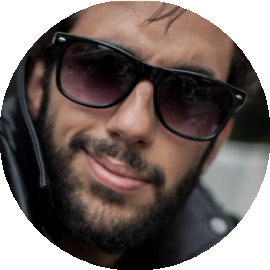 Pedro Serra
Pedro Serra
Born in 1991 in Proenca-a-Nova where he lived until 18 years old, age when he joined the Management School in Santarem in the course of Marketing and Advertising. Quickly he realised it was not what he wanted so, he moved to Lisbon to study Cinema in ETIC. Later made an internship as production assistant at Endemol and later starts to work as filmmaker freelancer. In addition to the various promotional videos that have made, directed and produced the first documentary in 2012 – “Manducare” that was debuted in Portugal and Brazil during that year and 2013. Those two years were also marked by international volunteering service that made for 6 months in Italy and for one month in Morocco. In 2014 won the scholarship “Coopjovem” to develop a pilot for his idea of a television series which he called “Nomads of Today.” In the end of that year, debuts his first feature film, with the documentary “What a strange way of life” awarded with the International Prize at Planeta.Doc (Brazil) and Revelation Prize at CINANTROP (Portugal) being also exhibited in film festivals through Spain, Romania, Estonia, Croatia, England and United States.
Category: Documentary – Duration: 109′ – Spoken Language: Portuguese, Spanish, English – Subtitle Available: Portuguese, English – Production Date: 05-05-2015 – Producer/Production Entity: Pedro Serra and Laura Pazo
À Descoberta Dos Oceanos
(out of the competition)
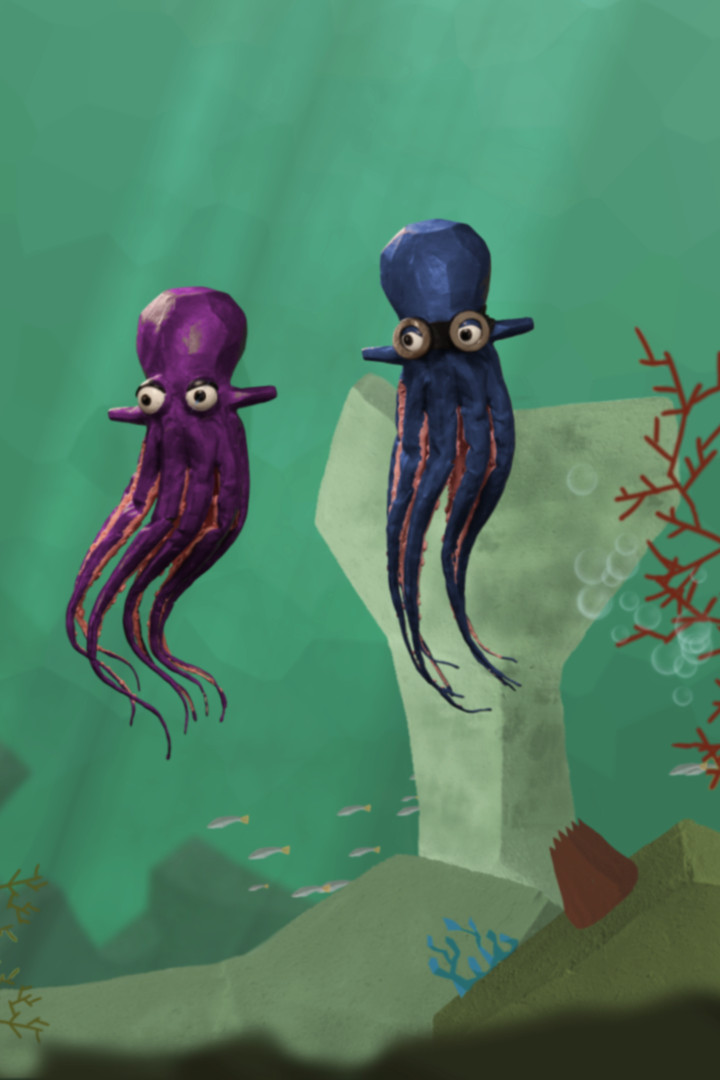 Fontes hidrotermais. Uma fonte de vida ou uma fonte de mistérios? Quando se perde no oceano profundo, o Tentáculos encontra um surpreendente oásis de vida. Junta-te ao Tentáculos para perceber como pode haver vida nas fontes hidrotermais.
Fontes hidrotermais. Uma fonte de vida ou uma fonte de mistérios? Quando se perde no oceano profundo, o Tentáculos encontra um surpreendente oásis de vida. Junta-te ao Tentáculos para perceber como pode haver vida nas fontes hidrotermais.
Oceanos. Uma fonte interminável de energia limpa.
O Tentáculos sente-se sem energia, mas o que não falta é energia no oceano. Junta-te ao Tentáculos e vem descobrir como podemos aproveitar a energia do mar.
Onda da Nazaré. Uma onda tão grande como a sua fama.
No maravilhoso oceano do Tentáculos há uma onda que se destaca: a onda da Nazaré. Chega a ter mais de 20 metros de altura e atrai surfistas destemidos de todo o mundo. Junta-te ao Tentáculos e vem saber mais sobre esta onda gigante.
A sardinha e o upwelling. Uma história que acaba no prato ou no pão.
Enquanto o Tentáculos se diverte num arraial dos santos populares, descobre porque é que as sardinhadas são o pitéu de eleição dos portugueses durante o verão.
Oceano. O grande pulmão azul.
Temos mais a agradecer ao oceano do que o que pensamos. Junta-te ao Tentáculos, enquanto este se tenta desembaraçar de uma alga teimosa, e descobre mais sobre o importante papel do oceano para o planeta Terra.
Client: SNIMAR -Sistema De Nacional de Informaçao Do Mar
sardinhaemlata.com/adescobertadosoceanos
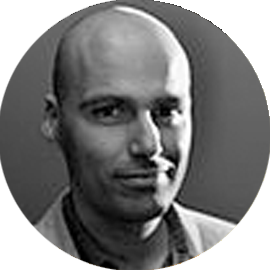 Nuno Beato
Nuno Beato
Nuno Beato was born in 1977. He decided to open LAMPADACESA in 1998, after working with other producers. His career in the Animation Cinema has been in continuous growth. He likes to experiment new techniques and explore different materials.
Category: Documentary-Animation – Duration: 60′ – Spoken Language: Portuguese – Subtitle Available: English – Production Date: 2016 – Producer/Production Entity: EMEPC, Sardinha em Lataf
Ispansi
(out of the competition)
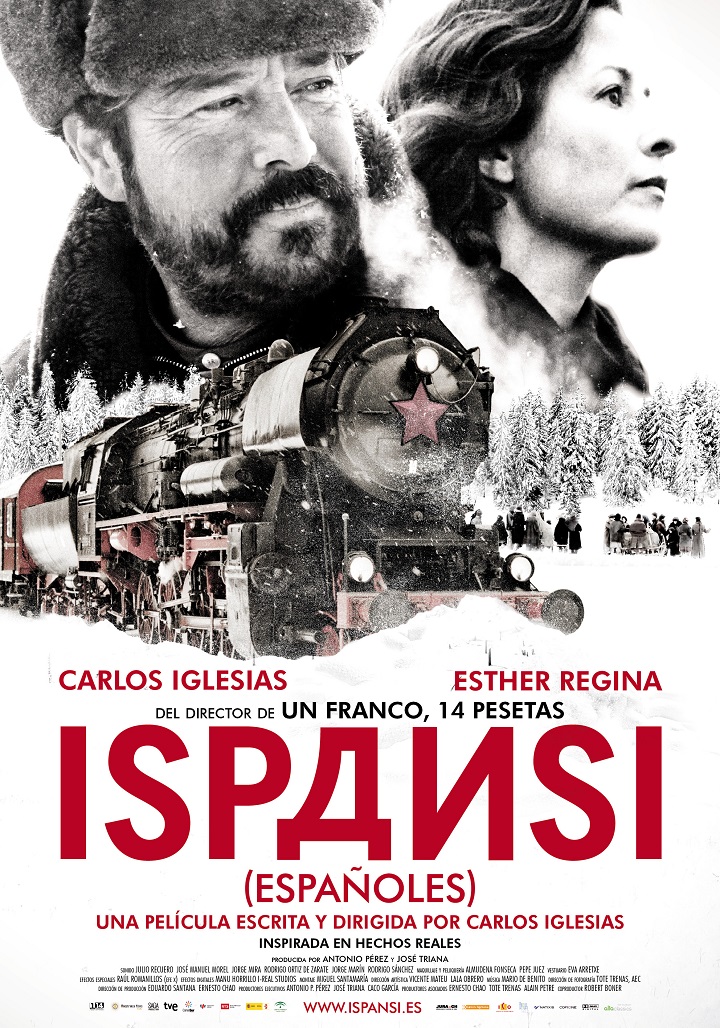
Paula and Alvaro belong to opposed social and ideological classes. Fortunes of life have brought them in the USSR to accompany the “War children”, part of those 30,000 children sent abroad in 1937-38 by the Spanish Republican government (3,000 to the Soviet Union) to spare them Franco’s bombings during the Civil War. ISPANSI is the odyssey of a group of children and accompanying adults, since the German invasion of Russia in 1941. They flee north from Stalingrad and spend the harsh winter in a village of the Volga region, before hunger forces them out again, and walk to the Ural Mountains.
In 1956, Paula travels back to Spain, to visit her family she has not seen for 20 years.
Though they are both losers in the face of History and ideology, Alvaro and Paula will get closer during this terrible journey, and grow a love freed from political hatred.
 Carlos Iglesias
Carlos Iglesias
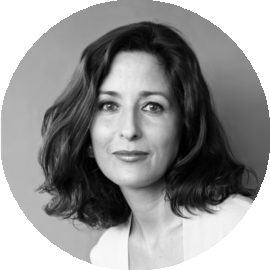 Esther Regina
Esther Regina
Esther is a Spanish actress. She studied Dramatic Arts in Brussels. She holds a university degree in French Philology. Her training and experience in several countries has strengthened her career and she has been awarded acting roles in Spanish, French, German, Italian and English. She has pursued training in theatre, voice and dance. After her graduation at the Universidad Complutense de Madrid she furthered her studies at the universities of Sorbonne, Grenoble, and Metz (France), and Saarland (Germany). She worked as a translator for the European Parliament in Luxembourg and later in Brussels, again for the European Union, where she acted for years with the Teatro Español de Bruselas, being one of its founding members along with director Pollux Hernúñez.
Since her return to Spain, she has worked in theatre, television and films under the direction of several directors including Lucas Fernández, Sigfrid Monleón, Manuel Estudillo, and more recently Suzanne Bier and Víctor García León.
In the film “Ispansi”, directed by Carlos Iglesias, she played the protagonist.
Category: Feature Film – Duration: 60′ – Spoken Language: Spanish – Subtitle Available: English – Production Date: 2010 – Producer/Production Entity:
Senales
(out of the competition)
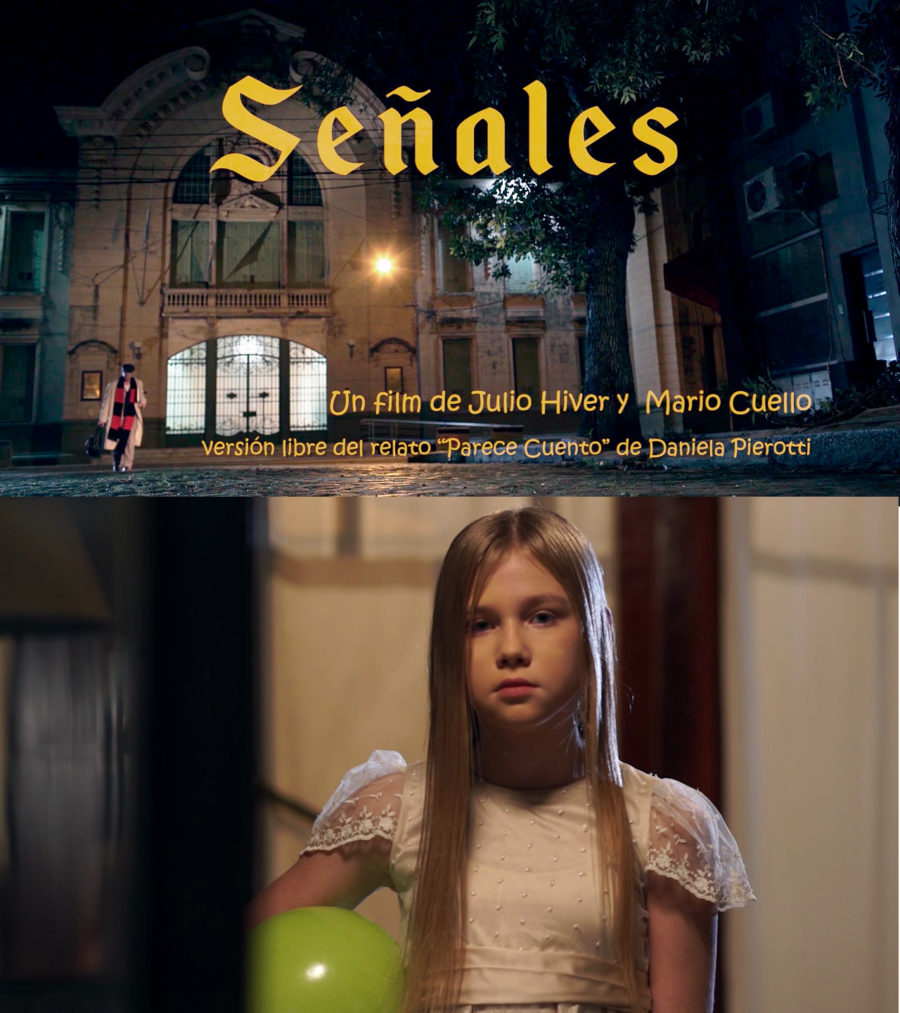
Is the future written? Is there fate?
Are there signs that warn of what will come?
A Man trying to twist the inevitable.
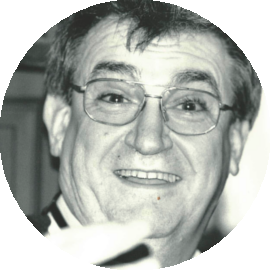 Julio Havier
Julio Havier
Actor, producer and filmmaker. Founding member of “Grupo de Cine”. Produced and Organized theater plays, cinema and Meetings and Film Samples. Directed: “Pajaros desmayados” 1989 – “Usado se vende” 1994 – “Cathedral” 1994 – “Vecinos” 2002 – “Fotos de Familia” 2010.
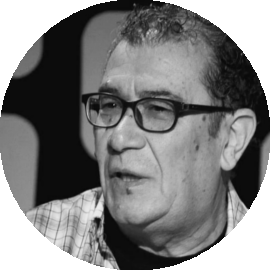 Mario Cuello
Mario Cuello
Member of “Grupo de Cine” – Plastic, Photographer and Filmmaker – Produced and Organized Theater Works and Signs of Important Plastic Artists as well as Cinema. Directed: “La llamada” 2001 – “Pajarito La lluvia”2004 – “La Aceptacion” 2010 – “Historia Compartida” 2011 – “El Gringo” 2014 – “Suena el D’jembe” 2016
Category: Short Film – Duration: 15′ – Spoken Language: Spanish – Subtitle Available: English – Production Date: 2016 – Producer/Production Entity: kò
LOCATIONS
Praça do Sertório
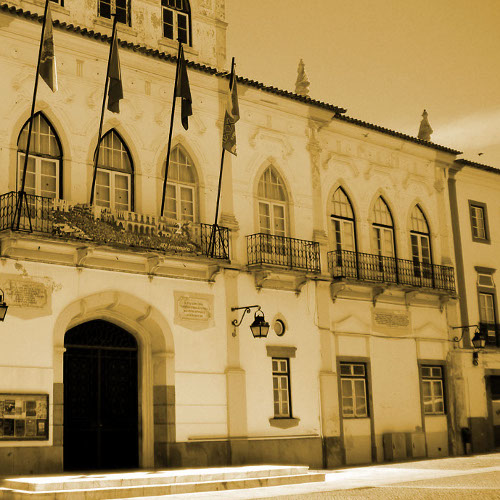
The current building of the Paços do Concelho of the city of Évora can be considered as one of the most remarkable examples of the use of the iron in this city. When, at the beginning of the XX century, it was verified that it was necessary to install the city services in a larger space, this old manor house was chosen, in the Sertório Square. Outside belonged to D. Luís da Silveira, 1st Count of Sortelha (1481 – 1534). In the works of adaptation of the building to the new functions, that were initiated in 1910, the iron was used to cover the central part of the building. It was also used in the connection between the two floors and in the construction, on the first floor, of a gallery surrounded by iron railing.
After some constraints of a technical and economic nature, the work was completed in 1911. This architectural ensemble is an example of the innovation in materials and construction techniques that marked the end of the nineteenth century and the beginning of the twentieth century.
Text by: Ana Cardoso de Matos (CIDEHUS)
SHE (Sociedade Harmonia Eborense)
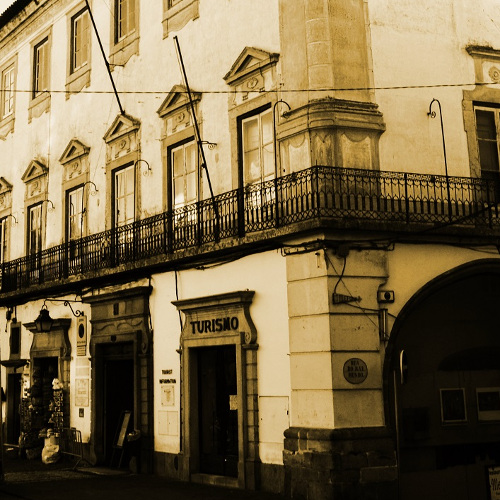 Sociedade Harmonia Eborense is a male associative Club of the bourgeois elite founded in 1849. At that time, such clubs were established throughout Liberalism Europe. Several purposes united men in these social spaces: spending leisure time, playing cards, having a drink.
Sociedade Harmonia Eborense is a male associative Club of the bourgeois elite founded in 1849. At that time, such clubs were established throughout Liberalism Europe. Several purposes united men in these social spaces: spending leisure time, playing cards, having a drink.
Because of the polyvalence of these meetings, social networks linked to the public sphere were eventually established. These associations were thus informal hoards of politics. In this case of republican tendency.
In addition, the Harmonia Eborense Society has always maintained a cultural vocation. Centre for music, organized music training classes and concerts with his band of members. His theatre group was also prominent. This one represented its pieces initially in the Theatre of the Painted Houses and, from 1891, in the Theatre Garcia de Resende, that helped to construct. Since 1902 the Harmonia Eborense Society has settled in Giraldo Square, nº72, former palace of the Sousa Matos, built in 1827. The building was classified as historical patrimony and still continues to lodge this cultural and recreational association. It is a non-profit association and offers a varied cultural and musical events.
Text: María Zozaya (CIDEHUS)
Auditório Soror Mariana
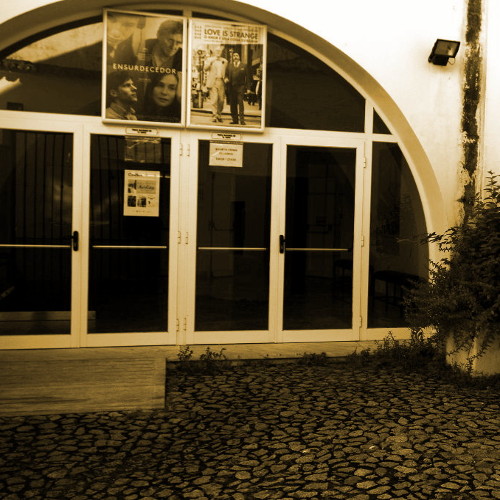
Palacio Vimioso
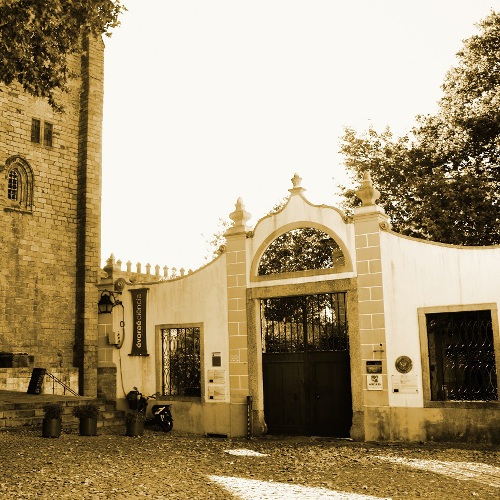
It was built by D. Afonso de Portugal, Bishop of Évora (1485-1522), and later passed to the possession of his first-born, D. Francisco, the Portuguese Cato, created Count of Vimioso in 1515.
It is a building of regular plant, in four floors, being an underground. It has two open courtyards: one at the front, one at the rear. It conserves part of the original stonework, in marble and granite, with capitals of tracery vegetalistas and simple columns or torsas. Five of its Mudejar-inspired windows in denticulated horseshoe arches form part of the so-called “Ruins Fingidas” of the Public Garden, which date back to the second half of the 19th century. At that time, there was a vast set of changes in the building, ordered by its new owners, local landowners, nicknamed Soares. The purchase in favor of the University of Évora took place in 1978. Administrative offices, pedagogical services and research centres were installed in succession. At the beginning of the 17th century, it was the residence of the famous D. Duarte de Bragança, the Marquis of Frechilla y Malagón, housing its rich and unique erudite collection, composed of globes, books, paintings, weapons, exotic objects and musical instruments.
Text: Tiago C. P. dos Reis Miranda
Igreja de Sao Vicente
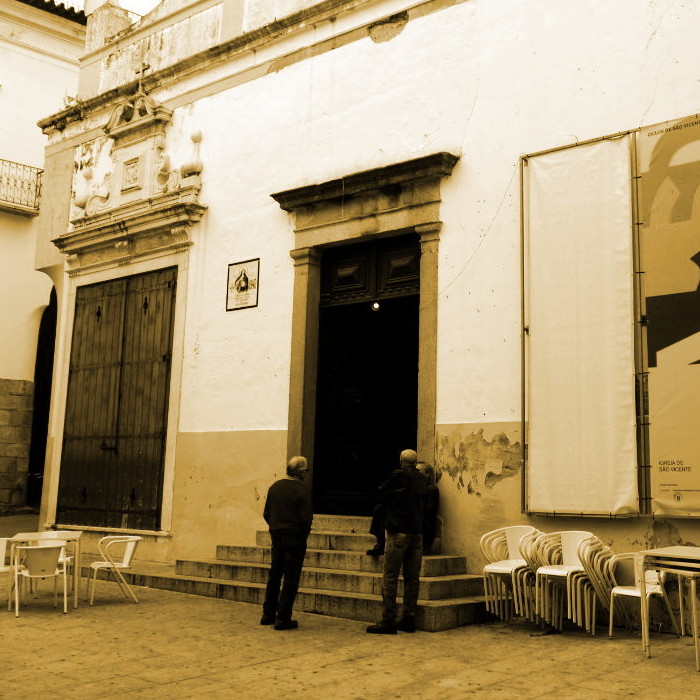
The Church of Saint Vincent is a religious monument of the city of Évora, built on a hermitage with an unknown date and located near the oldest part of the city wall. This hermitage was built in honor of the brothers Vicente, Sabina and Cristeta, patron saints of the city, where they were said to have been born. These saints were martyred in the Spanish city of Avila in the fourth century, by Roman persecutions. The Church of St. Vincent is also known as the Church of the Martyrs of Évora and is the third temple that has risen since the Middle Ages in Évora. The hermitage was restored and enlarged between 1461 and 1467 but in 1559 it remained in ruins and the Municipality of Évora began the current restoration with several sponsorships.
In the exterior, the main façade presents baroque architecture lines, with granite porch of rectilinear cornice, triangular pediment and circle-shaped oculus. Beside the door, there is a station of the Via Crucis of the “Brotherhood of the Lord Jesus of the Passes” inlaid in 1720 and a tile with the date of 1940 inscribed referring to the commemoration of two national centenarians: the third centenary of the Restoration of Independence Portuguese (1640) and the eighth centenary of the formation of the Kingdom of Portugal (1140). Vestiges of the hermitage of the XV century subsist in two gothic portals of Mudéjares influences, the greater one to the top of Escadinhas de S. Vicente and the smaller one in the street of Valdevinos. In the interior, the temple is arranged in square plan, with three naves divided by robust granitic pillars and ceiling in dome to the center. The main altar is adorned with a sixteenth-century gilded altarpiece dedicated to S. Vicente and his sisters, and on the side wall, the “footprint” of S. Vicente, which has had great veneration for centuries. St. Vincent’s footprint will have remained on the stone, which became as soft as wax, when the Roman soldiers sought him and he refused to walk. In the nave of the church stands the holy water sink, of granite and Gothic style. There are also fresco paintings from the hermitage of the fifteenth century that are inaccessible. The temple reflects the ideological dominants coming out of the Council of Trent, dominating the austere architectural lines on the applied decorative essays.
Since the 90s (20th century), the Church of Saint Vincent has been separated from religious worship, serving as a temporary exhibition room, reading sessions, musical concerts, theater, cinema, with a program of its own.
Text: Sofia Capelo
Grupo Pro Evora (Edificio)
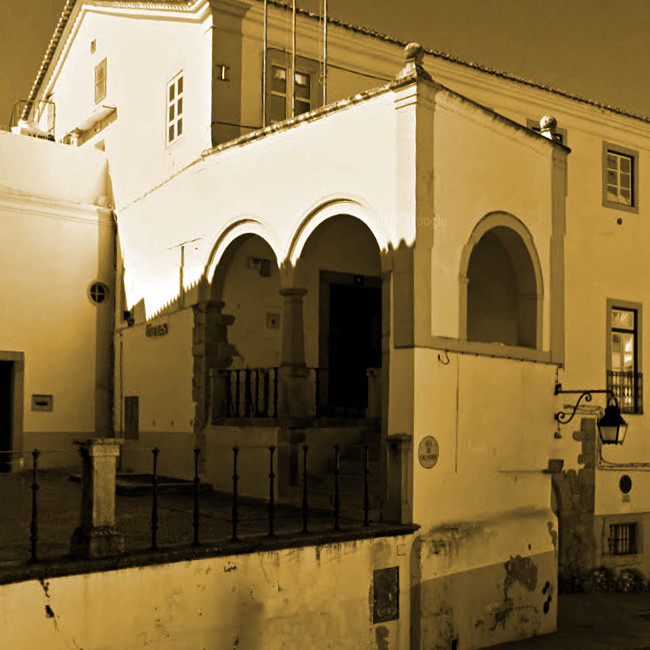
The gathering of the religious of São Paulo from the congregation of the Serra de Ossa was due to the help rendered by Cardinal Infante D. Henrique, who for this purpose acquired, in 1578, the devout Paço do Fidalgo Rui Palha de Almeida, advisor to D. Manuel I, which was based on the Torrejão of the New Gate of the Jews, where documents and the treasure of the Infante D. Luís, Duke of Beja and Prior of the Casto, Tower of the Medieval Wall was partially lost in 1650, by the frightful explosion of gunpowder in the basement during the Restoration War.
From the old palace there are a number of doors and windows in Gothic style, granite, fourteenth century, and the Arcada da Portaria, with vaulted frescoes dating from 1689, with baroque ornaments of grotesque , lotery and allegories of hermit monks: the lavatory and refectory, both of them covered with coffered ceilings and this one with monochrome tiling, with saffron motifs and a single figure (17th – 18th century). The Collegiate Church, with a painted ceiling in the Pompeian style and in perspective, of the eighteenth century Italian tradition, survives from the sober frontage facing the old fisherman’s square (Sertorium), and on the upper plinth is an interesting bar of polychrome tiles, and unusual motivation (17th century).
In the building are installed: the School Board, Finance Bureau and the Pro-Évora Group. This last one is constituted by a Cultural Association founded in the year of 1919 by a nucleus of personalities related to the protection of the art and archeology, like D. Leonor Barahona Caldeira, Celestino David, Poet and Alrossjanist Prossador, Drs Vaz Madeira, Felício Caeiro, Raúl Matroco, Manuel Monte and Serra brothers, which maintains its normal and characteristic statutory activities and where painting exhibitions, conferences and lectures related to the History, Art and Ethnography of the Region are held periodically.
Original Portugues version by: Túlio Espanca. Traslation:Google
Promotion of culture and tourism services of C.M. Évora – 1984
Forum Eugénio de Almeida
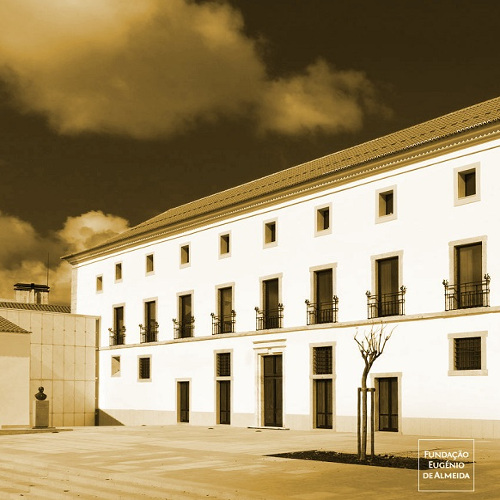
INSTALLATIONS
Outeiro do Circo: Olhares
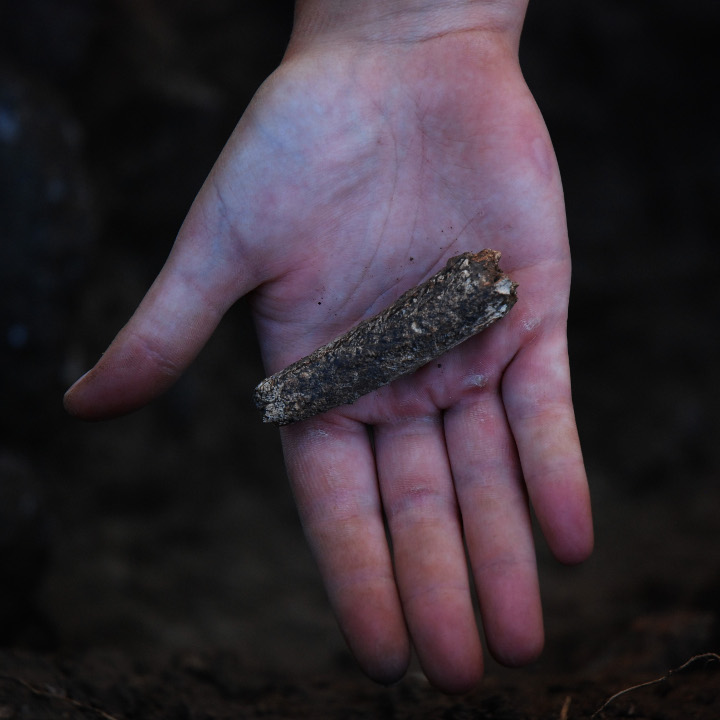 The Outeiro do Circo archaeological project (PAOC) investigates the Late Bronze Age fortified settlement of Outeiro do Circo (1250-850 BC), located in the municipality of Beja, Alentejo, South of Portugal. Another line of work of the project, since its beginning, has been the dissemination of archaeological knowledge among the community. Beyond the archaeological works developed since 2008 in the framework of two scientific projects (2008-2013 and 2014-2017), the PAOC also promoted the research of the Bronze Age in the region of Beja. Other activities developed by the project are the training of students from various scientific areas through their participation, as volunteers, in the archaeological fieldworks; the creation and maintenance of links with the local community, through the accomplishment of several public archaeology and heritage education activities; and the touristic promotion of the region through their heritage values.
The Outeiro do Circo archaeological project (PAOC) investigates the Late Bronze Age fortified settlement of Outeiro do Circo (1250-850 BC), located in the municipality of Beja, Alentejo, South of Portugal. Another line of work of the project, since its beginning, has been the dissemination of archaeological knowledge among the community. Beyond the archaeological works developed since 2008 in the framework of two scientific projects (2008-2013 and 2014-2017), the PAOC also promoted the research of the Bronze Age in the region of Beja. Other activities developed by the project are the training of students from various scientific areas through their participation, as volunteers, in the archaeological fieldworks; the creation and maintenance of links with the local community, through the accomplishment of several public archaeology and heritage education activities; and the touristic promotion of the region through their heritage values.
Outeiro do Circo
 The hill of Outeiro do Circo (Beja, Portugal) has always attracted the curiosity of those who passed through it. It is a place before which it is impossible to remain indifferent. Those who travel through the flat fields which surround Beja cannot lose sight of it, because it rises above the peneplains, dominating it visually. Who climbs to Outeiro do Circo highest point, easily dazzles with the territorial range reached by their view: from Serra de Grândola, passing through Serra de Portel and Beja hill, to Alto da Fóia at Serra de Monchique (Algarve, Portugal). Those who walk along its slopes find numerous potsherds and orange coloured blocks of clay, or, discover the large accumulations of stone that cover part of the wooded slopes of this archaeological site. Throughout the ages, the interpretations of these elements has been made locally through stories and legends. Some considered this to be the site of a hypothetical foundation of the city of Beja. Others connected the archaeological elements with the mythological universe of “Mourish people”, who have built a settlement here, which they abandoned in their escape to South. Of these ruins only survived the foundations of the walls so deeply embedded underground that only mechanical plows where able to drag their remains to the surface.
The hill of Outeiro do Circo (Beja, Portugal) has always attracted the curiosity of those who passed through it. It is a place before which it is impossible to remain indifferent. Those who travel through the flat fields which surround Beja cannot lose sight of it, because it rises above the peneplains, dominating it visually. Who climbs to Outeiro do Circo highest point, easily dazzles with the territorial range reached by their view: from Serra de Grândola, passing through Serra de Portel and Beja hill, to Alto da Fóia at Serra de Monchique (Algarve, Portugal). Those who walk along its slopes find numerous potsherds and orange coloured blocks of clay, or, discover the large accumulations of stone that cover part of the wooded slopes of this archaeological site. Throughout the ages, the interpretations of these elements has been made locally through stories and legends. Some considered this to be the site of a hypothetical foundation of the city of Beja. Others connected the archaeological elements with the mythological universe of “Mourish people”, who have built a settlement here, which they abandoned in their escape to South. Of these ruins only survived the foundations of the walls so deeply embedded underground that only mechanical plows where able to drag their remains to the surface.
The Project Outeiro do Circo was conceived because it was necessary to know more about this site, which implied an archaeological study of the remains. The archaeological work began in 2008 and resulted in the identification of the settlement defensive system, that has dated by radiocarbon from the Late Bronze Age (1200 – 750 b.c.e.). Actually, the research is focused on knowing more deeply the daily life of the community that lived here in prehistoric times, extending the excavation areas to the top and to the slopes of the settlement.
Much of the archaeological work on the field was carried out by students of archaeology from various Portuguese and Spanish universities and even from other countries such as Bulgaria or Canada. The local community has always been invited to join the Outeiro do Circo Project activities, being able to find out in loco the latest “discoveries” made on this settlement. In the laboratory it was possible to assemble a team of specialists from different scientific areas who helped us to know better about the fauna, metallurgy, ceramics or even the rock engravings of the inhabitants of Outeiro do Circo during the Late Bronze Age.
This exhibition brings together several photographs made by us, by our collaborators and visitors. These photos document another stage of the human occupation at Outeiro do Circo, the last one known until now, the one in which that archaeological site is being studied. Dear visitor, if you are interested, you have a role to play in this story: contact us at outeirodocirco.blogspot.com or through our facebook page.
Miguel Serra, Archaeologist, Degree in History, variant of Archaeology, University of Coimbra, Portugal (1999), Frequency of the Master degree “Archaeology and territory”, University of Coimbra, Portugal. Technician at Heritage and Turism office, Municipality of Serpa, Portugal. Researcher at Centro de Estudos de Arqueologia, Artes e Ciências do Património, University of Coimbra, Portugal.Eduardo Porfirio, Archaeologist, Degree in History, variant of Archaeology, University of Coimbra, Portugal (1999), Frequency of the Master degree “Archaeology and territory”, University of Coimbra, Portugal. Project manager and archaeologist at Palimpsesto, Estudo e Preservação do Património Cultural, Lda. Researcher at Centro de Estudos de Arqueologia, Artes e Ciências do Património, University of Coimbra, Portugal.
Sofia Silva and Diana Fernandes, Achaeologists, Degree in Archaeology and History, University of Coimbra, Portugal (2010), Master degree “Archaeology and territory”, University of Coimbra, Portugal (2013).
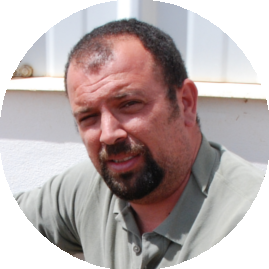 Miguel Serra
Miguel Serra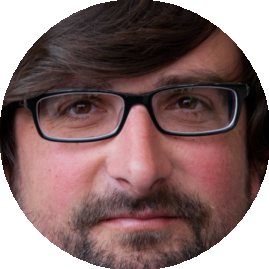 Eduardo Porfírio
Eduardo Porfírio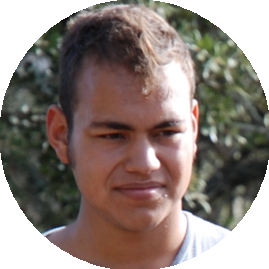 Manuel Monteiror
Manuel Monteiror
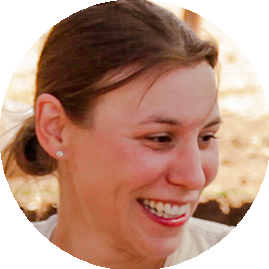 Diana Fernandes
Diana FernandesTransitions
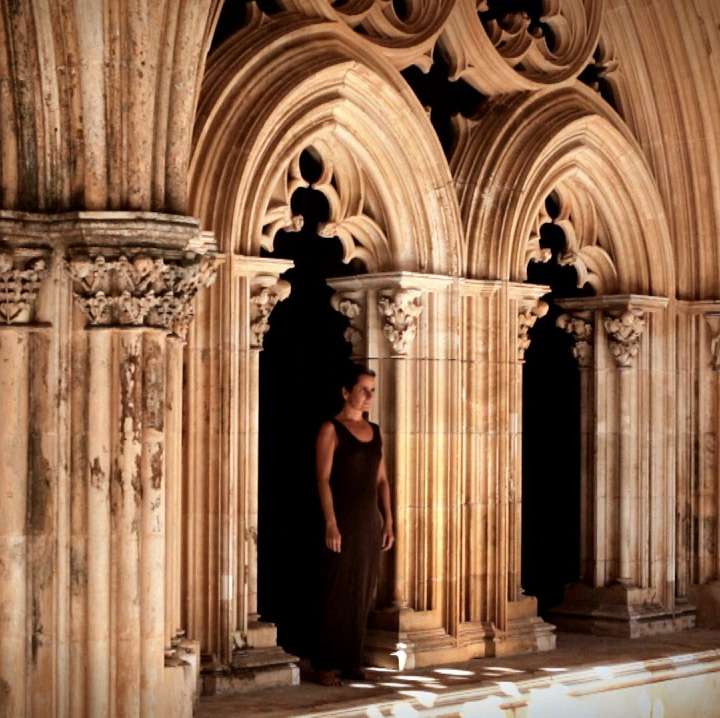 This film was shot in The Monastery of Batalha, a world heritage site that is a wonderful piece of architecture, still unfinished and an inspirational locus for filming as a reflection of moving images. The film happens in the threshold between the material and the intangible as it asks for the viewer’s unique perception and emotional engagement with what is (not) happening in the narrative. The video is at odds with the tendencies in video art and it deals mostly with time, a slow time that gets the viewer deep into images and possible meanings and feelings. The non- linear narrative breaks into fragments but to evoke the imaginary, something that moves us but we can’t necessarily grasp and explain. In a way, it’s a metaphysical experience as well and not a film to excite senses and provoke stimuli in a fast pace. Technology brings up this paradox too: the most contemporary can also be the most anachronic object as it never ends or closes meanings. Each viewer can create his own path as he /she creates his own time for meditation and enlightenment.
This film was shot in The Monastery of Batalha, a world heritage site that is a wonderful piece of architecture, still unfinished and an inspirational locus for filming as a reflection of moving images. The film happens in the threshold between the material and the intangible as it asks for the viewer’s unique perception and emotional engagement with what is (not) happening in the narrative. The video is at odds with the tendencies in video art and it deals mostly with time, a slow time that gets the viewer deep into images and possible meanings and feelings. The non- linear narrative breaks into fragments but to evoke the imaginary, something that moves us but we can’t necessarily grasp and explain. In a way, it’s a metaphysical experience as well and not a film to excite senses and provoke stimuli in a fast pace. Technology brings up this paradox too: the most contemporary can also be the most anachronic object as it never ends or closes meanings. Each viewer can create his own path as he /she creates his own time for meditation and enlightenment.
The musical score was built to evoke both worlds, one as the reflection of the other: the surface and the deep in kind of sound and image alchemy. Loops are horizontal (moving images) and vertical (perception/ film and viewer relationship) expansions of subjectivity and experience.
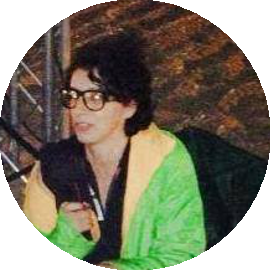 Ana Barroso
Ana Barroso
Ana Barroso é investigadora no CEAUL, Universidade de Lisboa. Tem publicado em revistas e livros nacionais e internacionais sobre arte e cinema. Como artista, os seus trabalhos têm sido apresentados em galerias, museus, festivais e fachadas de edifícios em vários países. Recebeu 3 prémios internacionais: New York (2019); Sarajevo (2013) e Trbovlje (2014).
Indigenous Video Games
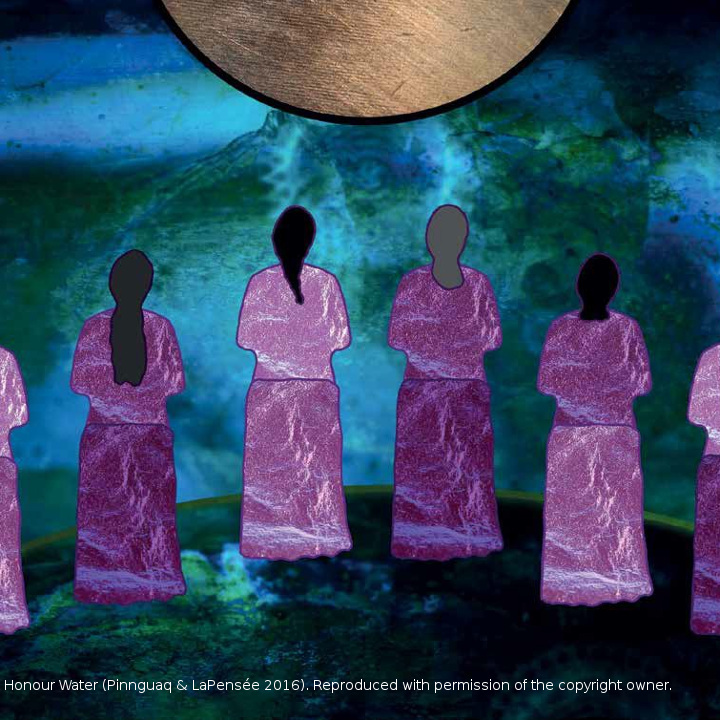 Indigenous video games challenge assumptions about authenticity and protection for Indigenous heritage. In making accessible and engaging content, video games made by, for and with Indigenous communities foster public awareness and understanding, offering an alternative to the shallow and often offensive representations of Indigeneity put forth by mainstream video games and other forms of media. Video games offer opportunities to represent Indigenous traditions and knowledges in a manner approved and controlled by Indigenous creators and communities. They project our voices the digital, global stage, and create a space for education and activism through engaging, empathic play. Although technology is often viewed as a threat to tradition, Indigenous video games offer a compelling example of the ways in which Indigenous communities and creators are harnessing and innovating in digital spheres, having an impact in both their communities and on the public perception of Indigeneity. Highlighting the complexities emerging from legal efforts to protect and preserve Indigenous cultural production and knowledges, this paper asks: do the legal and academic efforts being made to define and protect traditional knowledge and cultural expressions help or harm tradition, which by its very nature changes, or does the promotion of culture from within a community offer more compelling and nuanced forms of protection?
Indigenous video games challenge assumptions about authenticity and protection for Indigenous heritage. In making accessible and engaging content, video games made by, for and with Indigenous communities foster public awareness and understanding, offering an alternative to the shallow and often offensive representations of Indigeneity put forth by mainstream video games and other forms of media. Video games offer opportunities to represent Indigenous traditions and knowledges in a manner approved and controlled by Indigenous creators and communities. They project our voices the digital, global stage, and create a space for education and activism through engaging, empathic play. Although technology is often viewed as a threat to tradition, Indigenous video games offer a compelling example of the ways in which Indigenous communities and creators are harnessing and innovating in digital spheres, having an impact in both their communities and on the public perception of Indigeneity. Highlighting the complexities emerging from legal efforts to protect and preserve Indigenous cultural production and knowledges, this paper asks: do the legal and academic efforts being made to define and protect traditional knowledge and cultural expressions help or harm tradition, which by its very nature changes, or does the promotion of culture from within a community offer more compelling and nuanced forms of protection?
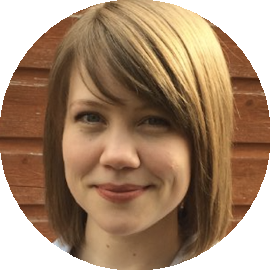 K.A. Gabrielle Hughes
K.A. Gabrielle Hughes
Gabrielle Hughes is a member of the Wampanoag Nation. She grew up in Newfoundland, where she had close ties with the Mi’kmaq Nation, for whom she is a traditional drum carrier. Gabrielle is currently completing her DPhil (PhD) at the University of Oxford on Indigenous video games as sites of resistance and as opportunities for the protection of traditional knowledge.
Indigenous Video Games – Short List
Skins Video Games Workshsop, AbTeC: http://skins.abtec.org/
• Skahiòn:hati: Rise of the Kanien’keha:ka Legends
• Ienién:te and the Peacemaker’s Wampum
Meagan Byrne, Video Games: https://byrneout.itch.io/
• Wanisinowin/Lost
Elizabeth LaPensée: http://www.elizabethlapensee.com/#/games/
• Thunderbird Strikes
• Honour Water
• We Sing for Healing
• Gathering Native Foods
Rene Nejo: http://www.reneenejo.com/
• Blood Quantum
On the Path of the Elders: http://pathoftheelders.com/index.php
Past, Pass, Pasting
 Il dépend de celui qui passe
Il dépend de celui qui passe
Que je sois tombe ou trésor
Que je parle ou me taise
Ceci ne tient qu’a toi.
Ami, n’entre pas sans désir.
It depends on those who pass
Whether I am a tomb or treasure
Whether I speak or am silent
The choice is yours alone.
Friend, do not enter without desire.
-Paul Valéry, written on as wall in the Palais de Chaillot, Paris.
Maile Colbert is an intermedia artist and educator with a concentration on sound and video. She holds a BFA in The Studio for Interrelated Media from Massachusetts College of Art, an MFA in Integrated Media/Film and Video from the California Institute of the Arts, and is currently a Research Fellow towards a PhD in the Estudos Artísticos program in the Faculty of Social and Human Sciences at the Universidade NOVA de Lisboa. She has had multiple screenings and exhibits, and has performed and screened widely in Japan, Europe, Mexico, and the States.
PROGRAM
Thursday 21 September
12h | Conference (Palacio do Vimioso)
Indigenous Video Games (Kathy-Anne Gabrielle Hughes, Canada)
17.30 – 18.30 | Opening ceremony with photographic exhibition (Grupo PRO-Evora)
“Olhares” (Outeiro do Circo, Portugal)
19h – 20h30 | 1st Session Shorts (Fórum Eugénio de Almeida)
Bombos de Lavacolhos – O som que estremece o coração (Karla Bach & Regina de Andrade Pedrassoli, Portugal,15’) – Real Conquista (Fabiana Assis, Brasil,14’) – The Number of Steps (Gianfranco Spittilli, Italy 13’) – Memory is Not About the Past (Anne Chahine, Germany 19’)
21 – 22h30 | 1st Session Medium-Long (Fórum Eugénio de Almeida)
Que Estranha Forma de Vida | What a Strange Way of Life (Pedro Serra, Portugal 109′).
Friday 22 September
18 – 20 | 2nd Session Medium-Long (Auditório Soror Mariana)
Swamp Dialogues (Ildiko Plajas, Romania 53’) – Peasant Family Happiness (Jenny Chio , China 70´)
21.30 – 23.30 | 3rd Session Medium-Long (Igreja de São Vicente)
Por la verea. Routes of transhumance in Andalusia (Dario Ranocchiari, Spain 41’) – Faber Navalis (Maurizio Borriello, Norway 33’) – Le jardin d’Ewald (Alexandra Pille, Senegal 60´)
23.30 – Late | Party Heritales (Sociedade Harmonia Eborense)
United Colors of Evora + Piçarra
Saturday 23 September
11 – 12.30 | Animated Shorts for the Family (Fórum Eugénio de Almeida)
A descobertas dos Oceanos (Nuno Beato – Sardinha Em Lata, Portugal 60´)
15 – 19 | Arts Installations and Shows (Sociedade Harmonia Eborense)
Indigenous Video Games – Practical Session (Kathy-Anne Gabrielle Hughes, Canada) – Transitions (Ana Barroso, Portugal 15’) – Past, Pass, Pasting (Maile Colbert, USA/Portugal)
15 – 19 | 4th Medium-Long (Sociedade Harmonia Eborense)
Meu pescador, meu velho (Amaya Sumpsi, Portugal 58’) – My Sarangi Your Sarangi (Bhokraj Gurung, Nepal 32’) – Nosso Morro (Paloma Yáñez, Brazil 36’) – A Proposito de Leixoes (André Almeida & Valentim Paulo Martins, Portugal 39’) – The Sound of Bells (Marcia Mansur & Marina Thomé, Brasil, 70´)
20h – 21 | Awards Ceremony (Cámara Municipal)
21 – 22 | 2nd Session Shorts (Cámara Municipal)
Amazónia y Utopia (Vincente Perez Herrero, Amazonia 7´) – Por quem lá tendes | Encomendação das Almas em Penha Garcia (António Ventura, Portugal 5’) – Next stop: La Latina (Begoña Aramayona, Spain 18’) – Afluentes (João Meirinhos, Portugal 28’)
22 – 23 | Films – out of competition (Cámara Municipal)
Señales (Julio Hiver & Matio Cuello, Argentina 16´) – Ispansi (Carlos Iglesias, Spain-Switzerland 100’)
Download the program of the festival in PDF (A4)
Download the poster of the festival in PDF (A3)
Download the poster of the conference
Download the poster of the family event
ORGANIZATION
Organizing Committee
Maria Zozaya
 Maria studied History in the Complutense University of Madrid (UCM), there was awarded with the BA prize and the PhD Extraordinary Prize for doctoral dissertarion in History (UCM). She also received the Real Maestranza de Caballeria de Ronda Award (RMR, 1999); the Spanish Social History Society Research Prize (AHS, 2007), and Villa de Madrid Award Antonio Maura (2008). She studies leisure and sociability spaces. She had several research grants held at the National Council for Spanish Research, CSIC (1998-2008), a “Juan de la Cierva” Postdoctoral research contract (Valladolid´s University, 2008-2011), and a FCT Postdoctoral Grant to do research (University of Évora, since 2013). She has given many conferences and has written five books.
Maria studied History in the Complutense University of Madrid (UCM), there was awarded with the BA prize and the PhD Extraordinary Prize for doctoral dissertarion in History (UCM). She also received the Real Maestranza de Caballeria de Ronda Award (RMR, 1999); the Spanish Social History Society Research Prize (AHS, 2007), and Villa de Madrid Award Antonio Maura (2008). She studies leisure and sociability spaces. She had several research grants held at the National Council for Spanish Research, CSIC (1998-2008), a “Juan de la Cierva” Postdoctoral research contract (Valladolid´s University, 2008-2011), and a FCT Postdoctoral Grant to do research (University of Évora, since 2013). She has given many conferences and has written five books.
She was a jury in the international film Festival “La Fila” (Valladolid).
Nicola Schiavottiello
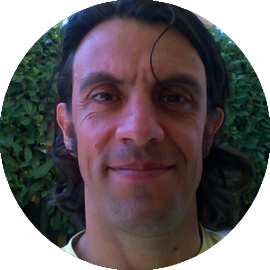 After a period of studying and working as a graphic designer inLondon, he decided to get a degree in Computer Visualization and Animation at the Bournemouth University (UK). After been working for a short period in the video game and 3d animation industry, he started a job as 3d real-time historical landscape digital reconstruction at the University of Stirling (UK), under the Virtual Landscape Centre. In 2006 he returned to study and got a MSc in Computing Archaeology (Spatial Technologies) at the University of Southampton where he worked also for APSS in various geophysical and structural archaeological surveys. In 2009 he gained a scholarship at the University of Evora (PT) and joined the Radiopast project (http://www2.radiopast.eu) where he worked as 3d digital designer and as field archaeological technician doing 3d survey and geophysics. He continued as a researcher at the University of Evora (PT) working at he Museu Cidade de Ammaia(PT) developing 3d applications for the public and continuing 3d field survey and 3d scanning of artifacts. Is currently a researcher of the CIDEHUS at the University of Evora working in various projects and being an History PhD Canditade . His investigation based on Cultural Heritage Interpretation for the public with 3d real-time computer visualization techniques for digital storytelling. His technical capabilities are: 3d reconstruction, real-time interactive environments, 3d animation, 3d archaeological survey, photogrammetry, GIS and 3d scanning. His main interests are in virtual reality, augmented reality, 3d projection mapping, archaeological, historical and cultural heritage interpretation for the public, digital heritage and digital storytelling.
After a period of studying and working as a graphic designer inLondon, he decided to get a degree in Computer Visualization and Animation at the Bournemouth University (UK). After been working for a short period in the video game and 3d animation industry, he started a job as 3d real-time historical landscape digital reconstruction at the University of Stirling (UK), under the Virtual Landscape Centre. In 2006 he returned to study and got a MSc in Computing Archaeology (Spatial Technologies) at the University of Southampton where he worked also for APSS in various geophysical and structural archaeological surveys. In 2009 he gained a scholarship at the University of Evora (PT) and joined the Radiopast project (http://www2.radiopast.eu) where he worked as 3d digital designer and as field archaeological technician doing 3d survey and geophysics. He continued as a researcher at the University of Evora (PT) working at he Museu Cidade de Ammaia(PT) developing 3d applications for the public and continuing 3d field survey and 3d scanning of artifacts. Is currently a researcher of the CIDEHUS at the University of Evora working in various projects and being an History PhD Canditade . His investigation based on Cultural Heritage Interpretation for the public with 3d real-time computer visualization techniques for digital storytelling. His technical capabilities are: 3d reconstruction, real-time interactive environments, 3d animation, 3d archaeological survey, photogrammetry, GIS and 3d scanning. His main interests are in virtual reality, augmented reality, 3d projection mapping, archaeological, historical and cultural heritage interpretation for the public, digital heritage and digital storytelling.
Scientific Committe
Prof. João Brigola
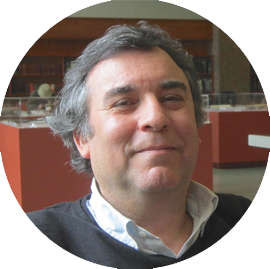
Aggregate professor of the School of Social Sciences of the University of Évora (Portugal).
Doctor in History / Museology and Aggregate in History and Theory of Museology. Researcher Integrated CIDEHUS / EU. Director of the PhD in History. He was General Director of the Institute of Museums and Conservation of the Ministry of Culture.
http://www.catedra.uevora.pt/unesco/index.php/unesco/The-UNESCO-Chair/The-Team/Joao-Brigola
http://www.cidehus.uevora.pt/pessoas/(id)/24132
Prof. Filipe Themudo Barata
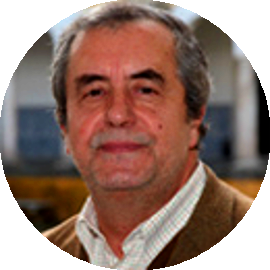
TEXT
Prof. Ana Cardoso de Matos
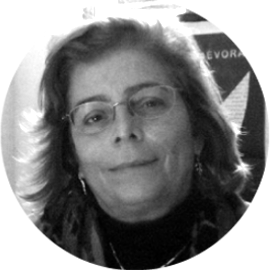
Professor with aggregation in the History Department of the School of Social Sciences at the University of Évora and Vice President of the IIFA-Institute for Research and Advanced Training in the same University. Coordinates in the EU Erasmus Mundus TPTI- Techniques, Patrimoine, de l’Industrie Territoires and center of CIDEHUS-EU research coordinates L2 heritage and cultural diversity. His areas of interest are the history and the Industrial Heritage, History of Technology and Engineering and Urban History. He has published several articles in national and foreign scientific journals and, among others, science books, technology and industrial development in the nineteenth century Portugal. The case of wool Alentejo (1998), coordinated the book A Históra da Electricidade. The early days of World War II (2004) and co-edited, among others, the works Les enjeux identitaires des ingénieurs: entre la formation et l’action / The Quest for the Professional Identity: Engineers between Training and Action (2009), L ‘ingénieur et le patrimoine. Savoirs techniques, amenagement du teritoire et du paysage mutation (2016).
http://www.uevora.pt/pessoas/%28id%29/8243
Juri
Ricardo Costa
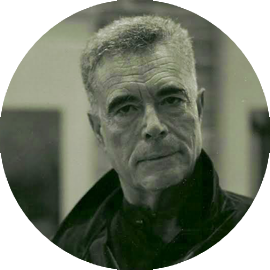
Ricardo Costa completed his studies in 1967 at the Faculty of Arts at Lisbon University. After submitting a thesis on the novels of Kafka (Franz Kafka: writing in the mirror), he earned a PHD in 1969. He was a high school teacher and owned a company, MONDAR Editores, where he published a number of sociological texts and avant-garde papers, literature and cinema . After the Carnation Revolution in 1974, he became a filmmaker. He was a partner of Grupo Zero, with other filmmakers like João César Monteiro, Jorge Silva Melo or Alberto Seixas Santos. Later, he became an independent producer with the company Diafilme, where he produced several of his films and some of other directors. He is the author of essays on cinema, vision and language. He organized film projections and cycles in Paris at the Cinémathèque Française and Musée de l’Homme. Shot on the threshold of documentary and fiction, Brumas (Mists) is his latest feature film (60th Venice Film Festival, 2003 – New Territories).
Pedro Fazenda (price sculptor)

PEDRO FAZENDA – 1957, Coimbra, Portugal.
He studied in Lisbon at AR.CO – Center of Art and Visual Communication.
Since 1979 he has worked in sculpture, mainly using stone.
Design and execute design pieces for daily use, trophies for various public entities andprivate and a large number of multiples.
Works with other sculptors and architects in the design of public and private spaces and in the integration of sculptural objects in architecture and urbanism.
Participates in International Symposiums of Stone Sculpture in Portugal, Italy and Germany.
Since 1980, it has held about 30 solo exhibitions and participates in dozens of exhibitionsin Portugal and in other countries.
He does several sets for theater, some in unconventional places.
He produces public sculptures for various locations in Portugal and Germany.
It integrates diverse cultural associations, groups of artistic production and, at the moment is president of the direction of the Association of Pó de Vir a Ser – Department of Stone Sculpture in the Old Slaughterhouse of Évora.
Irene Lusztig
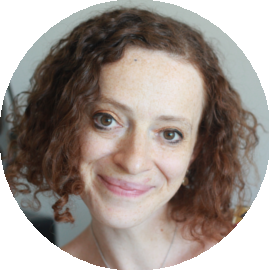
IRENE LUSZTIG is a filmmaker, visual artist, archival researcher, and amateur seamstress. Her film and video work mines old images and technologies for new meanings in order to reframe, recuperate, and reanimate forgotten and neglected histories. Often beginning with rigorous research in archives, her work brings historical materials into conversation with the present day, inviting viewers to explore historical spaces as a way to contemplate larger questions of politics, ideology, and the production of personal, collective, and national memories. Much of her current work is centered on public feminism, language, and histories of women and women’s bodies, including the feature length archival film essay The Motherhood Archives (2013) and the ongoing web-based Worry Box Project (2011).
Born in England to Romanian parents, Irene grew up in Boston and has lived in France, Italy, Romania, China, and Russia. She received her BA in filmmaking and Chinese studies from Harvard and completed her MFA in film and video at Bard College. Her debut feature film, Reconstruction (2001) was recognized with a Boston Society of Film Critics Discovery award and won best documentary at the New England Film Festival.
Her work has been screened around the world, including at MoMA, Museum of Fine Arts Boston, Anthology Film Archives, Pacific Film Archive, Flaherty NYC, IDFA Amsterdam, RIDM Montréal, Ambulante, and on television in the US, Europe, and Taiwan. She has received grants from the Massachusetts Foundation for the Humanities, Massachusetts Cultural Council, LEF Foundation, New York State Council for the Arts, and Sustainable Arts Foundation and has been awarded fellowships at the MacDowell Colony, the Flaherty Film Seminar, the Radcliffe Institute for Advanced Study, and Harvard’s Film Study Center. She is the 2016-17 recipient of a Rydell Visual Arts Fellowship and a Fulbright Fellowship in Portugal. She teaches filmmaking at UC Santa Cruz where she is Associate Professor of Film and Digital Media; she lives in the Santa Cruz Mountains.
José Alberto Ferreira
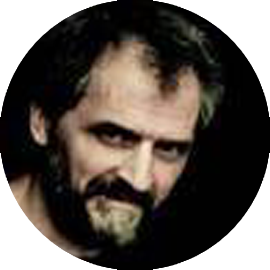 José Alberto Ferreira é Docente Convidado no Departamento de Artes Cénicas da Escola de Artes da Universidade de Évora, onde lecciona disciplinas da área da história do teatro. Doutorando na Sorbonne (Paris 1), com um projecto em torno da problemática da Documentação e Arquivo nas artes performativas. Tem colaboração dispersa em vários jornais e revistas, nacionais e internacionais. Publicou Uma discreta invençam (2004), sobre Gil Vicente; Por dar-nos perdão (2006), sobre teatro medieval; Da vida das marionetas, sobre os bonecos de Santo Aleixo (2015). Co-editou vários títulos, de que destaca a co-edição dos textos dos Bonecos de Santo Aleixo: Autos, Passos e Bailinhos (2007). Colabora com várias organizações ministrando acções de formação, cursos e seminários. Dirige e produz, desde 2004, o Festival Escrita na Paisagem, no âmbito do qual programou projectos e criações de artistas nacionais e internacionais. Foi o curador português do projecto INTERsection: intimacy and spectacle, integrado na Quadrienal de Praga 2011. Dirige e programa os Ciclos de São Vicente, em Évora. É o Editor Regional para Portugal no projecto The Theatre TImes.
José Alberto Ferreira é Docente Convidado no Departamento de Artes Cénicas da Escola de Artes da Universidade de Évora, onde lecciona disciplinas da área da história do teatro. Doutorando na Sorbonne (Paris 1), com um projecto em torno da problemática da Documentação e Arquivo nas artes performativas. Tem colaboração dispersa em vários jornais e revistas, nacionais e internacionais. Publicou Uma discreta invençam (2004), sobre Gil Vicente; Por dar-nos perdão (2006), sobre teatro medieval; Da vida das marionetas, sobre os bonecos de Santo Aleixo (2015). Co-editou vários títulos, de que destaca a co-edição dos textos dos Bonecos de Santo Aleixo: Autos, Passos e Bailinhos (2007). Colabora com várias organizações ministrando acções de formação, cursos e seminários. Dirige e produz, desde 2004, o Festival Escrita na Paisagem, no âmbito do qual programou projectos e criações de artistas nacionais e internacionais. Foi o curador português do projecto INTERsection: intimacy and spectacle, integrado na Quadrienal de Praga 2011. Dirige e programa os Ciclos de São Vicente, em Évora. É o Editor Regional para Portugal no projecto The Theatre TImes.
José Manuel Martins
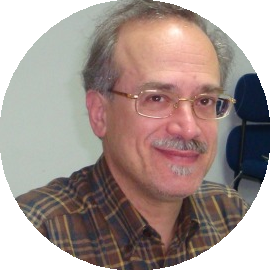
José Manuel Martins is an assistant professor and director of the Department of Philosophy of the University of Évora and member of the Center of Philosophy of Lisbon. He teaches and researches mainly in the area of Aesthetics and Art Theory, dividing his interests and activities over the multiplicity of artistic fields, and collaborating with several departments in the three cycles. In recent years, it has been developing research and organizing conferences, also internationally, in the field of Philosophy and Cinema, extended in initiatives in the field of cinephilia.
José Luis García Sánchez
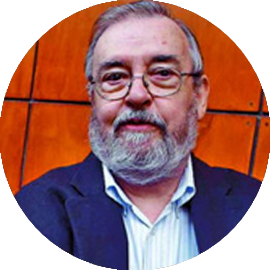
Born in Salamanca, 1941, he graduated in Law and studied Sociology and Filmmaking at the Escuela Oficial de Cinematografía. He founded the theater group “Los Goliardos” and participated as an assistant director in “Nueve cartas para Berta” by Basilio Martín Patino and “La caza” by Carlos Saura. As a member of the production project “In-Scramél” he shot new short films, which, being awarded, would lead him to work as a screenwriter. The focus of his career has been that of Director: since his beginnings, impacted by ideological radicalism, his titles are of cinematic and sociological interest, as he delves into the new “españolito” that was born: “El love feroz” or “Colorín, colorado “. In 1978 he premiered “Las truchas” a social allegory from a sharp and demolishing viewpoint which won the Golden Bear at the Berlin Film Festival. Later hefilmed a title which is essential to understand documentaries in our country: “Dolores”. He also experimented with musicals with the hit “La corte del Faraón”. His work tries to portray Spain “under the reflection of convex mirrors”, and it turns out that Valle-Inclan was very close to his understanding of the Spanish reality.
http://www.historianuevosrealizadores.es/historia/jose-luis-garcia-sanchez/?lang=en
Maile Colbert
Maile Colbert is an intermedia artist and researcher with a concentration on sound and video. She holds a BFA in The Studio for Interrelated Media from Massachusetts College of Art, an MFA in Integrated Media/Film and Video from the California Institute of the Arts, and is currently a Research Fellow towards a PhD in the Estudos Artísticos program in the Faculty of Social and Human Sciences at the Universidade NOVA de Lisboa. She has had multiple screenings and exhibits, and has performed and screened widely in Japan, Europe, Mexico, and the States.
VIcente Perez Herrero
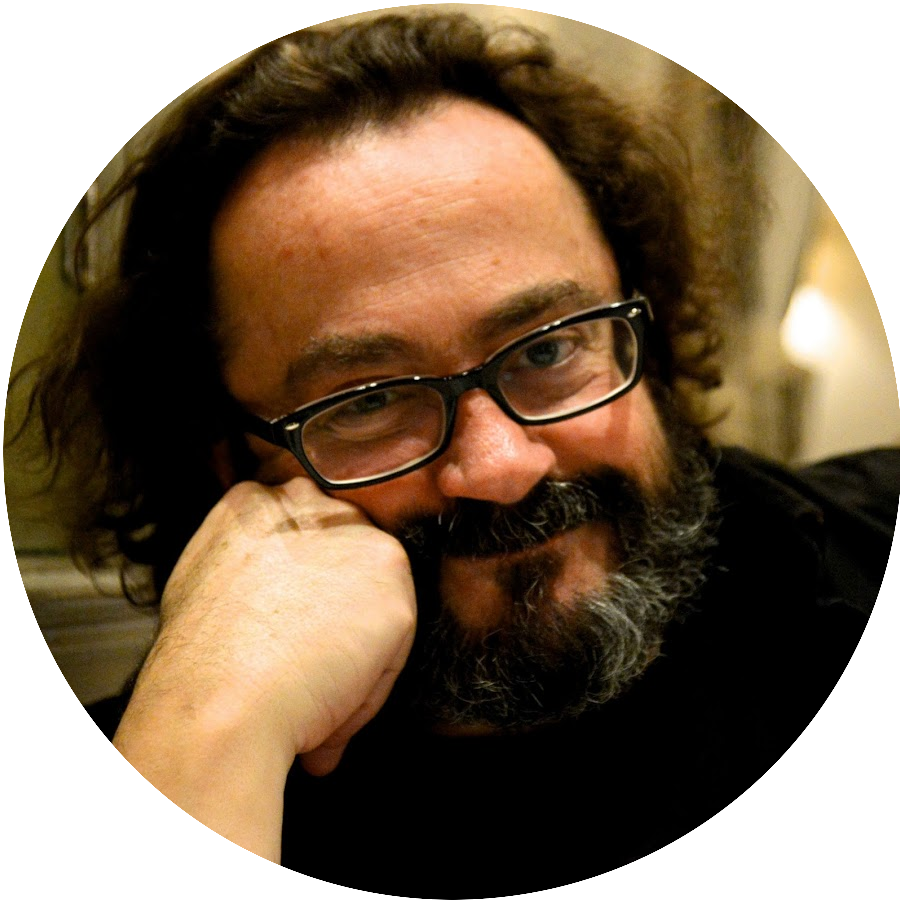
Film director, Producer, Screenwriter in documentary film and fiction. Cinema of animation and advertising film.
He has developed work in animated film making various animation segments for preschool children in the TVE program “The worlds of Yupi”. He has several animated short films with international awards.
Has directed six full-length feature films and three documentary feature films.
The films have won awards at national and international festivals and have been purchased by state-owned television networks such as TVE or regional channel 9, as well as international TV
He has co-produced with France and Italy (La Vida Privada), Colombia (Malamuerte)
He has shot in Rome, Montpelier, Kenya, Uganda, Equatorial Guinea, Argentina, Colombia, Guatemala and of course Spain.
As scriptwriter was selected in the call of the Sundance Institute of new Spanish screenwriters. Workshop given by SGAE / Sundance
He was a finalist scriptwriter in the screenplay award Julio Alejandro Prize (SGAE) with the script THE BLACK QUEEN
As a director he has worked in his films directing actors of the stature and renown of Andrea Ferreol (who worked with F. Truffaut, Ferreri) Carmen Elias (Goya Prize) Fernando Guillen, Ruth Gabriel (Goya Prize), Rosana Pastor, etc.
As documentary director THE SKIN SOLD has been included in the list of the 100 best documentaries. List elaborated by the critics summoned in the edition of Documenta Madrid.
Diego Cano Gardoqui
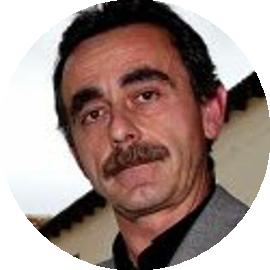 José Luis Diego CANO DE GARDOQUI GARCÍA, Professor of the
José Luis Diego CANO DE GARDOQUI GARCÍA, Professor of the
Department of Art History of the University of Valladolid. Since
years he has taught, among other subjects, History of Cinema from the
origins until World War II and Introduction to film language,
both in the Grade of Art History of UVa. He was Director of the
History and Aesthetics of UVa Cinematography between 2008 and 2011, and Director of their Summer Courses. He has published some articles related to
cinematography. He was a Jury of SEMINCI (International Film Week
Valladolid) in its section Time of History, in 2009..
Collaborators
Nuno Trindade
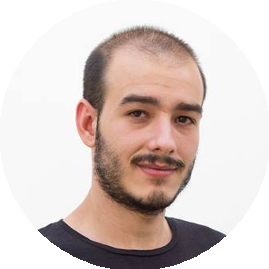
Nuno is at the third year of the degree of History and Archeology (strand of history). My main interests are the study of political and military history, music, reading and cinema.
Márcio Gonçalves
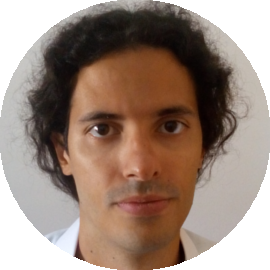
Márcio Gonçalves licenciou-se em Marketing na Escola Superior de Gestão de Idanha-a-Nova (IPCB-ESGIN) no ano de 2012, e mestreou-se em Marketing na Universidade da Beira Interior (UBI) em 2015. Durante esse período participou em alguns projetos associativos na conceção de Eventos. Atualmente realiza atividades como freelancer em projetos na área do Cinema e do Marketing.
Diogo Baptista
Diogo Baptista is a student attending the Master’s Degree in Architecture (Faculty of Architecture, University of Lisbon – FAUL). He completed secondary studies successfully in Visual Arts (Gabriel Pereira Secondary School – ESGP). It has a great altruistic sense dedicated mainly to the artistic aspects. Technical participation and help in organizing various exhibitions (Forum Eugénio de Almeida – FEA). Technical execution, audiovisual production, video and photography and social dissemination of the Festival Heritales.
Antonio Pequeno

TEXT
PARTNERS
Organization
Nicola Schiavottiello and María Zozaya – Cátedra UNESCO-UÉ and CIDEHUS-University of Évora (Fundos FEDER, Programa COMPETE e FCT, «CIDEHUS-UID/ HIS/00057/2013»
FCT, Fundo de Apoio a Comunidade Científica, FACC: Refª. 440.02 . Proc: 17/1/227).
Partners
Events Partners
Sponsors
Collaborations
